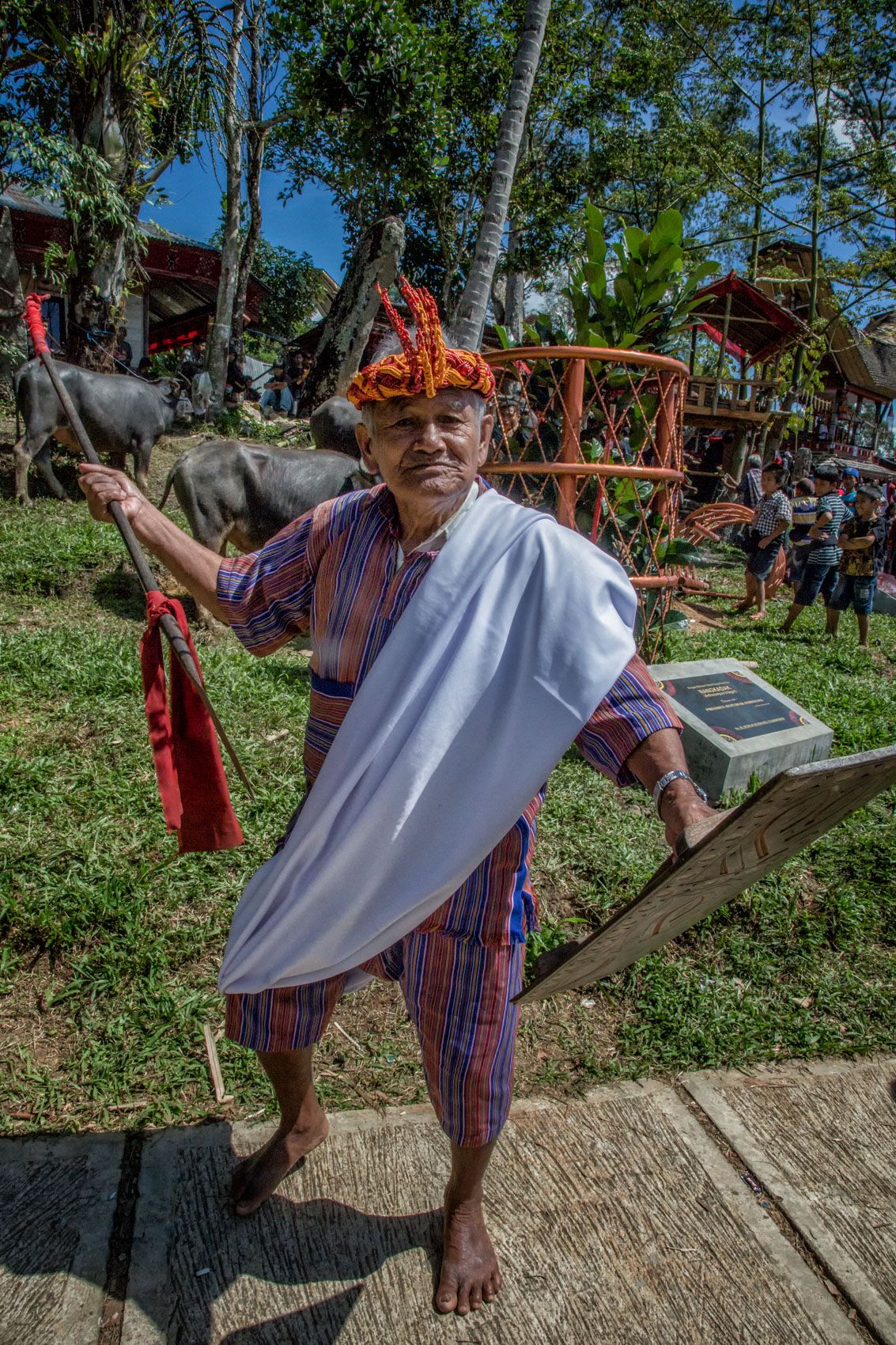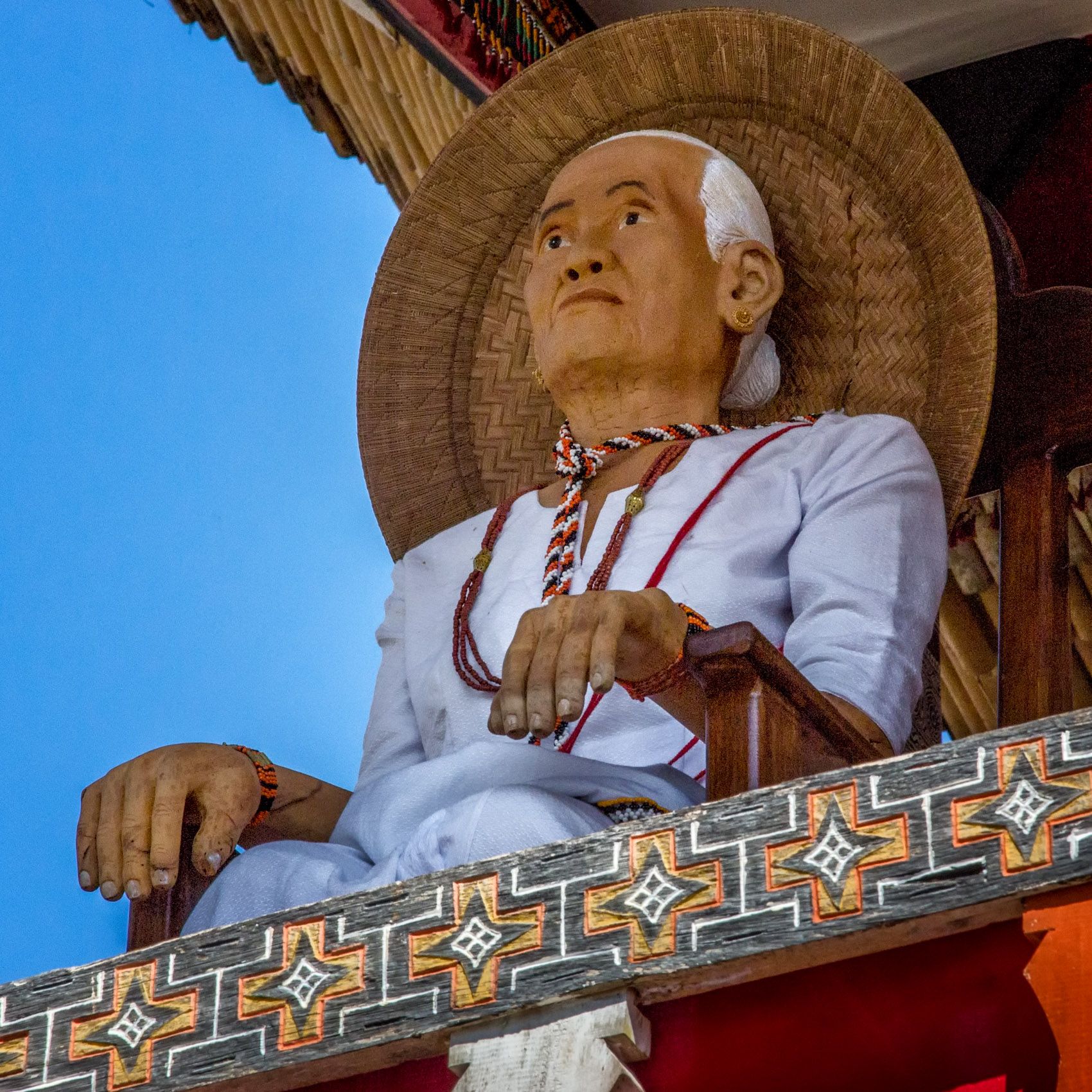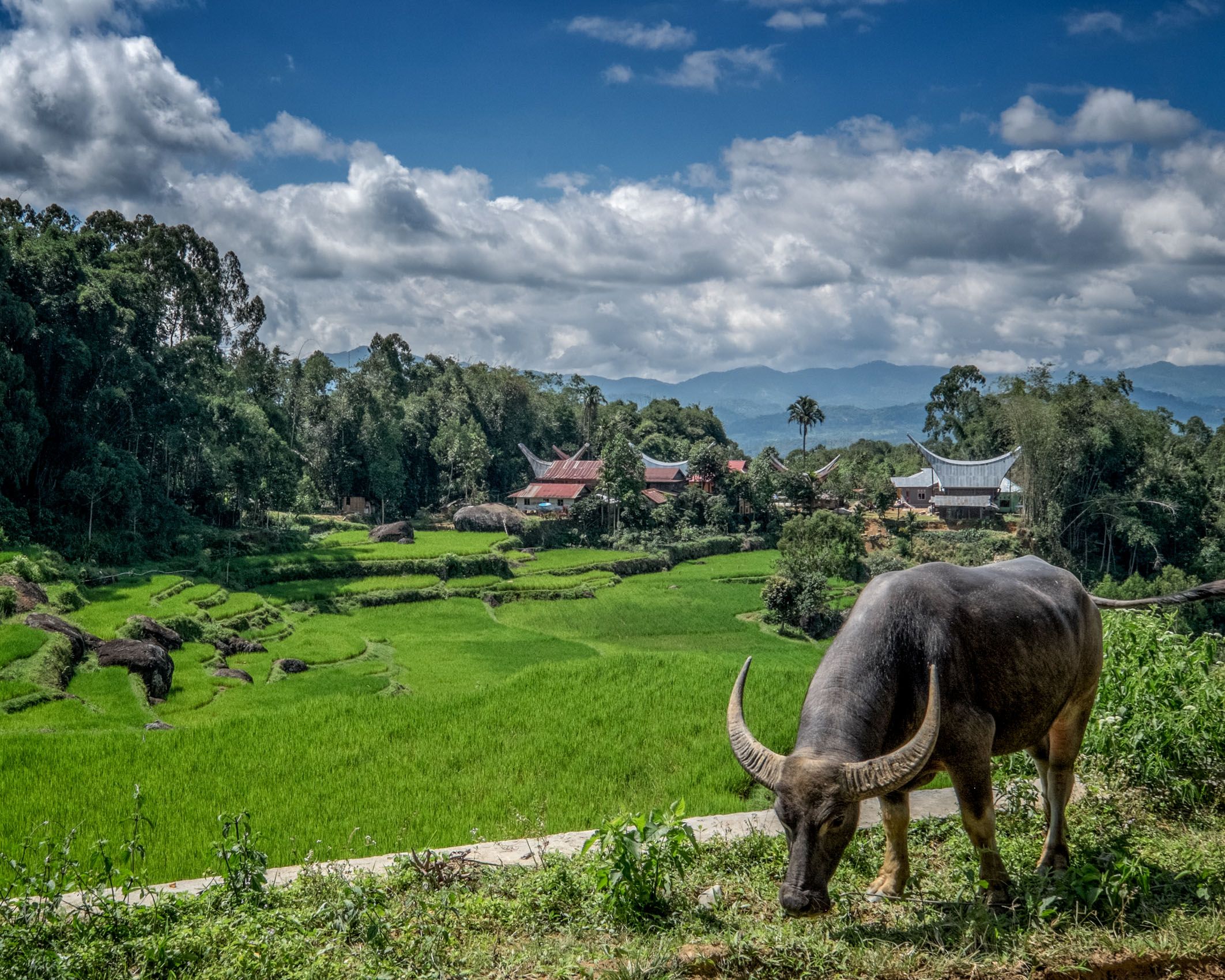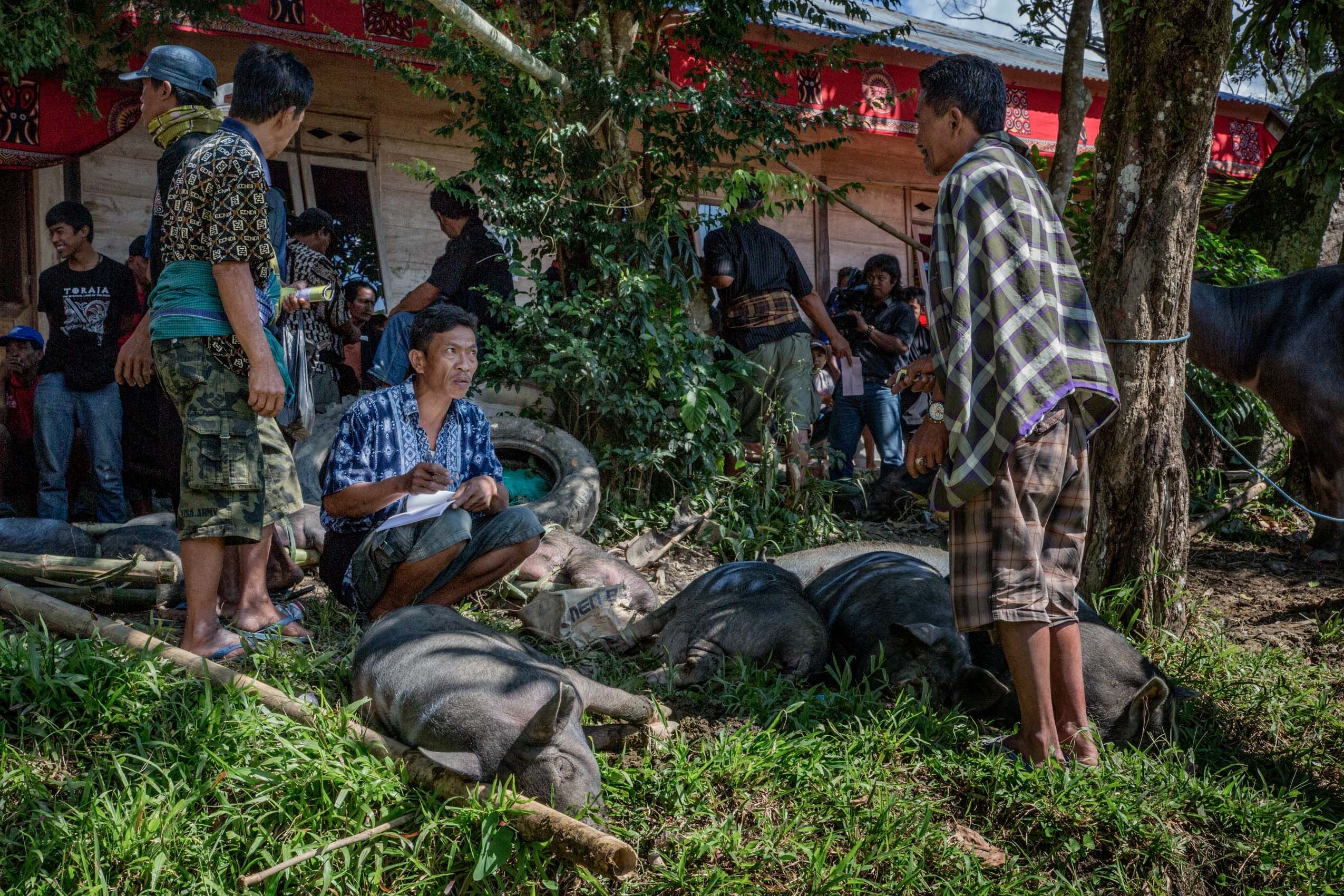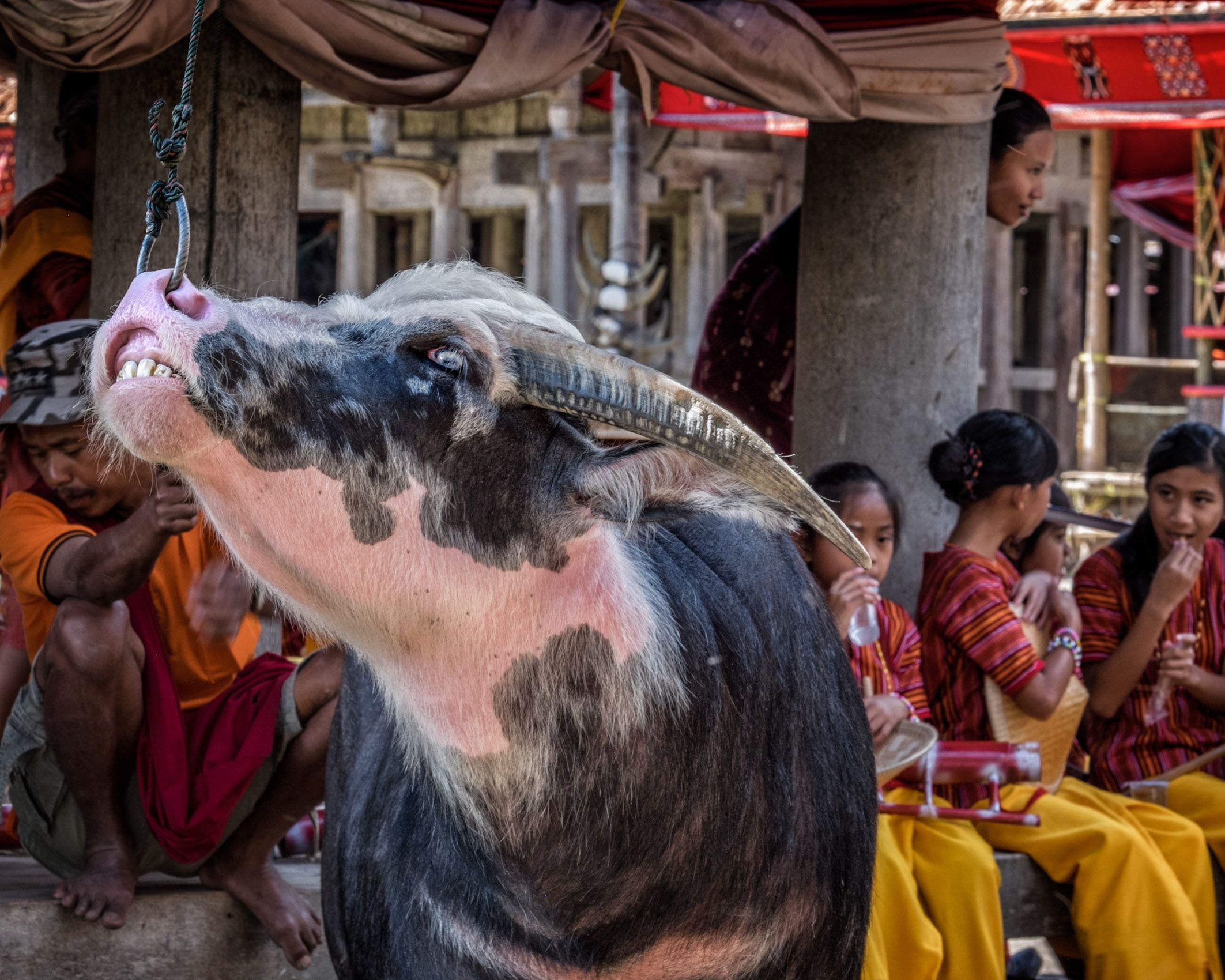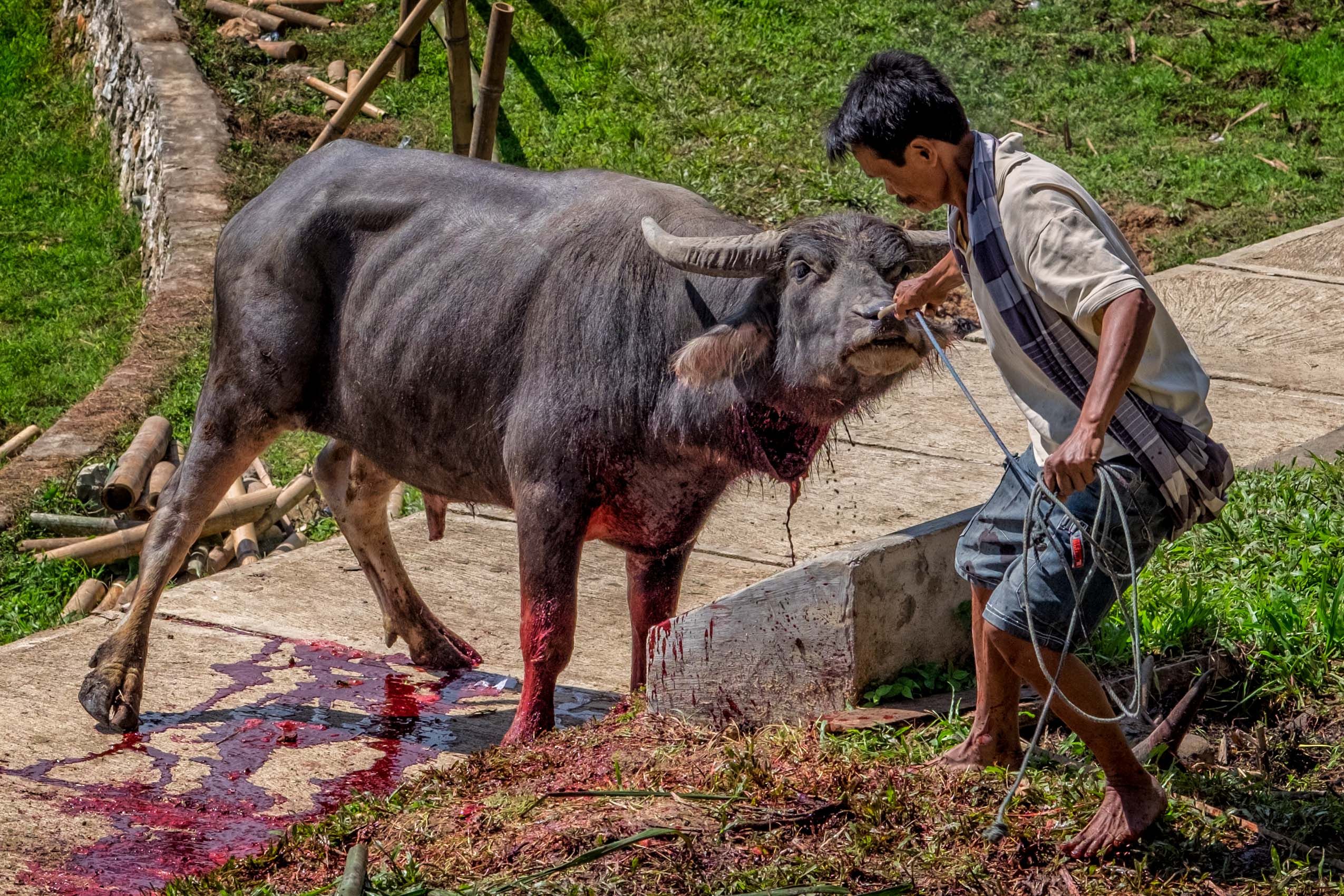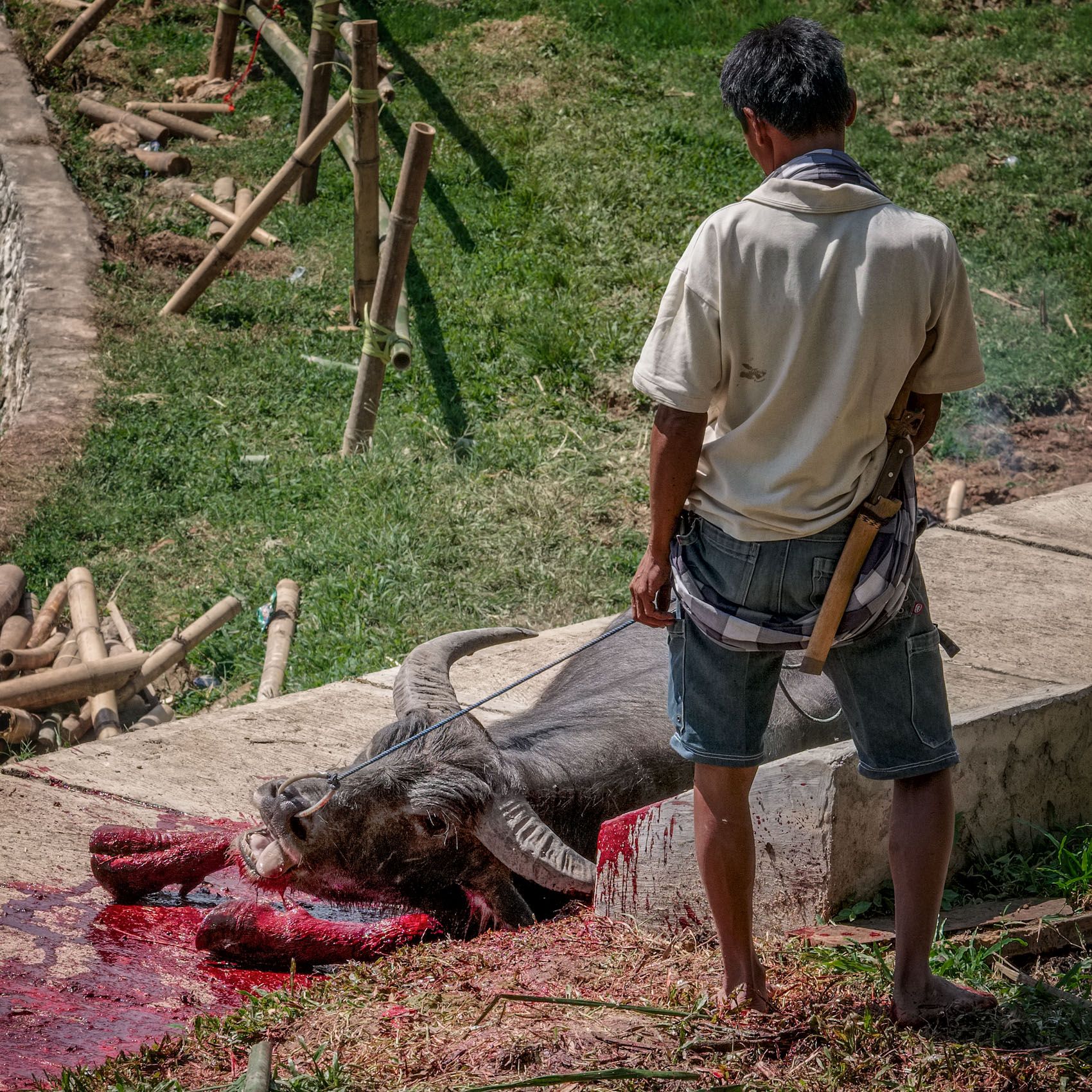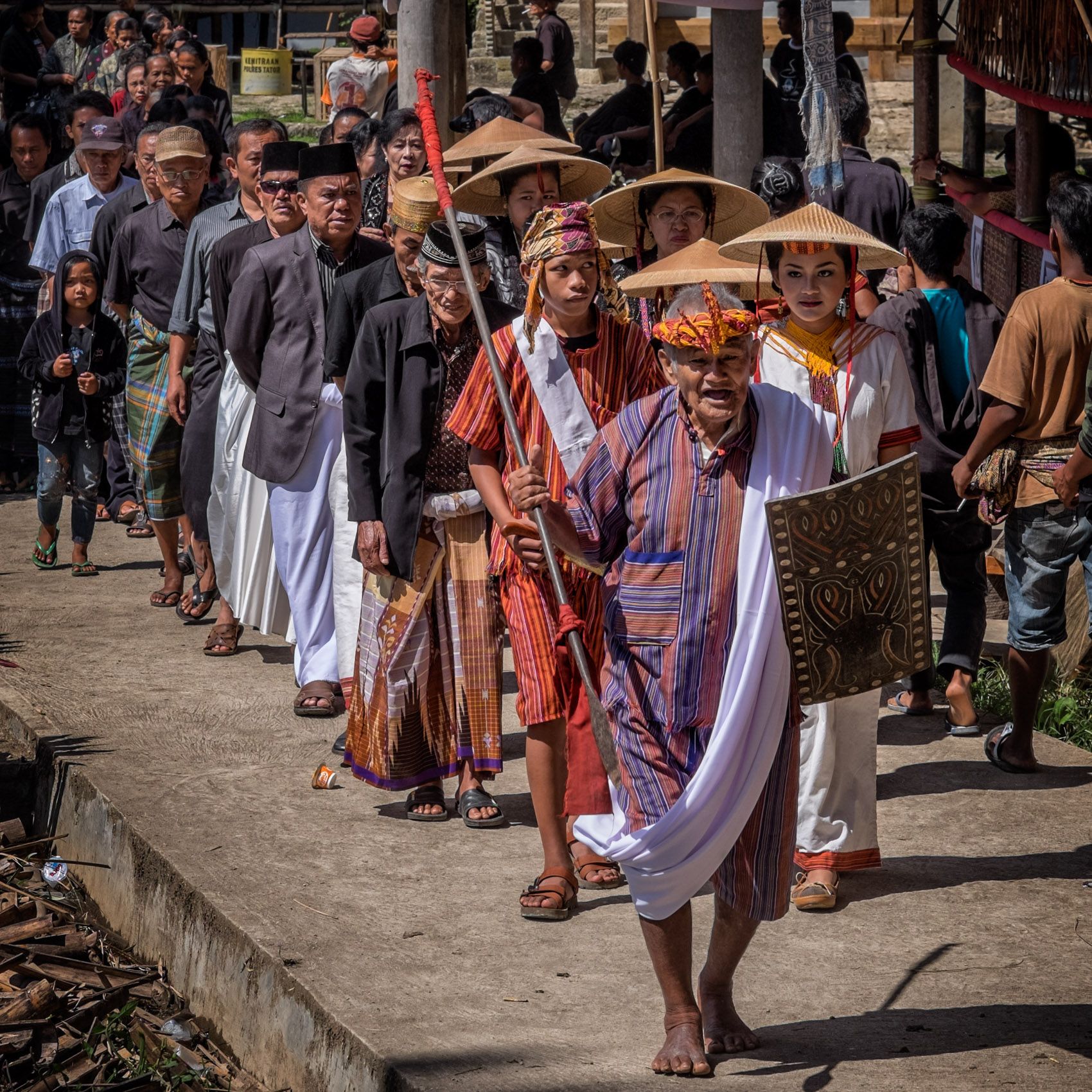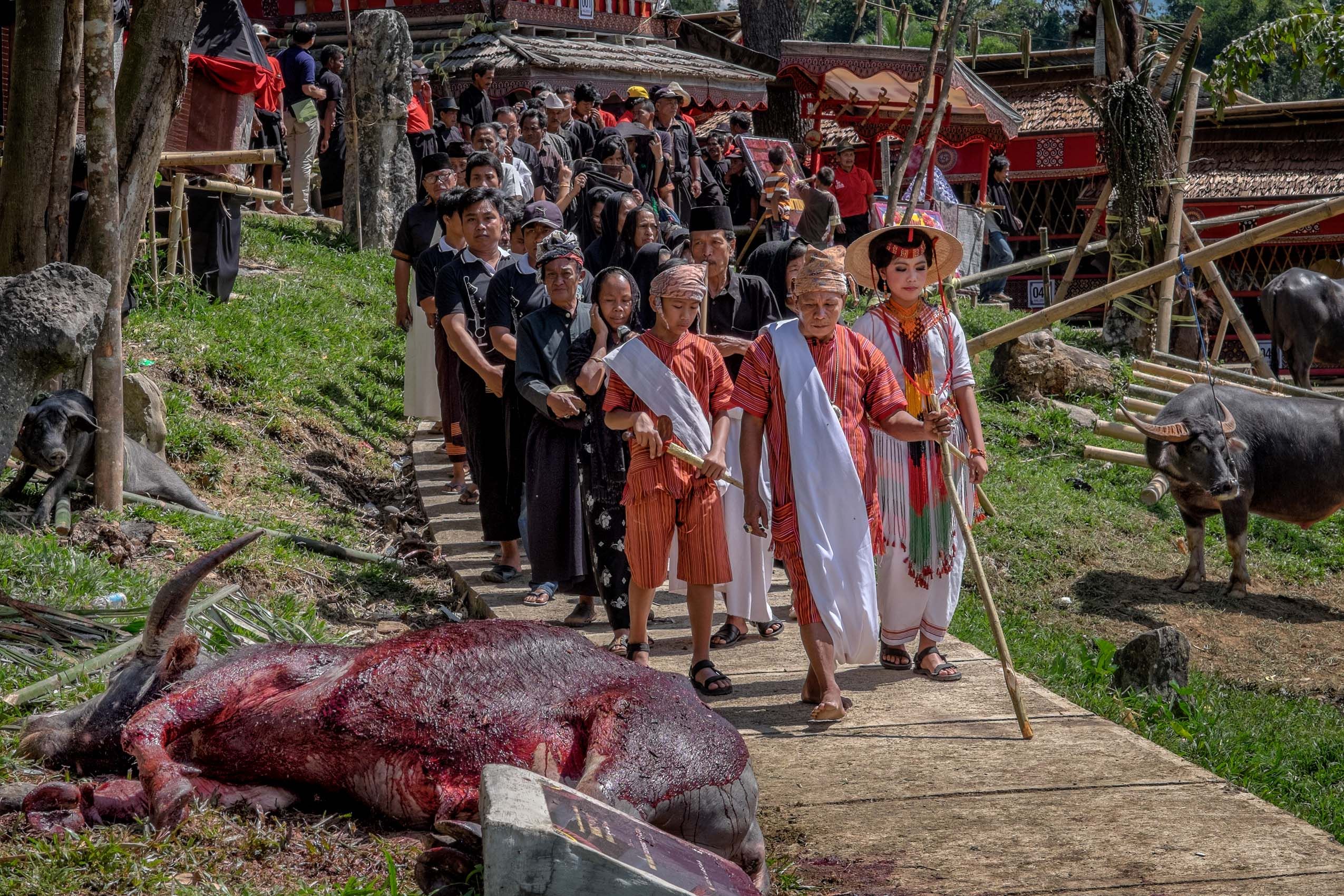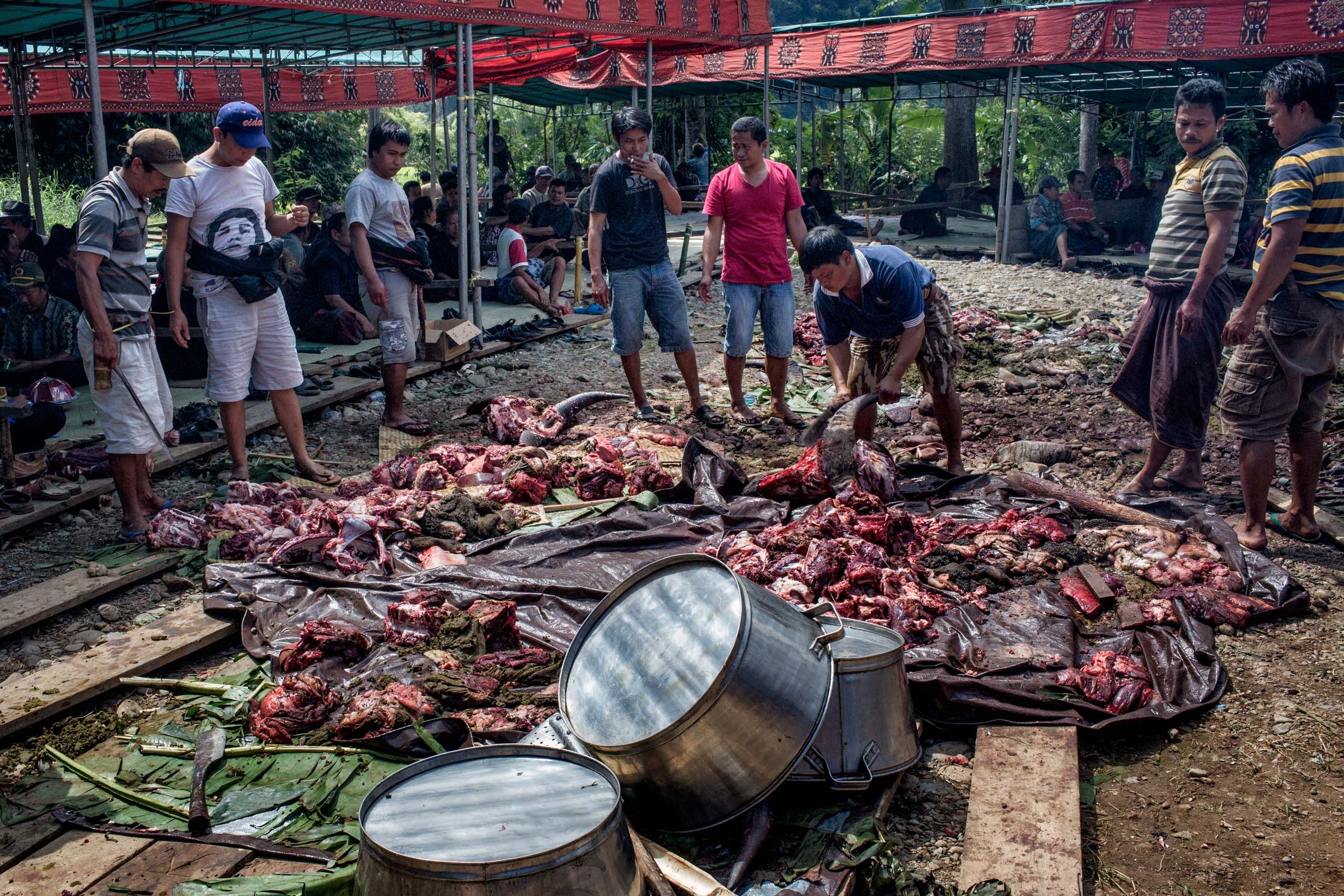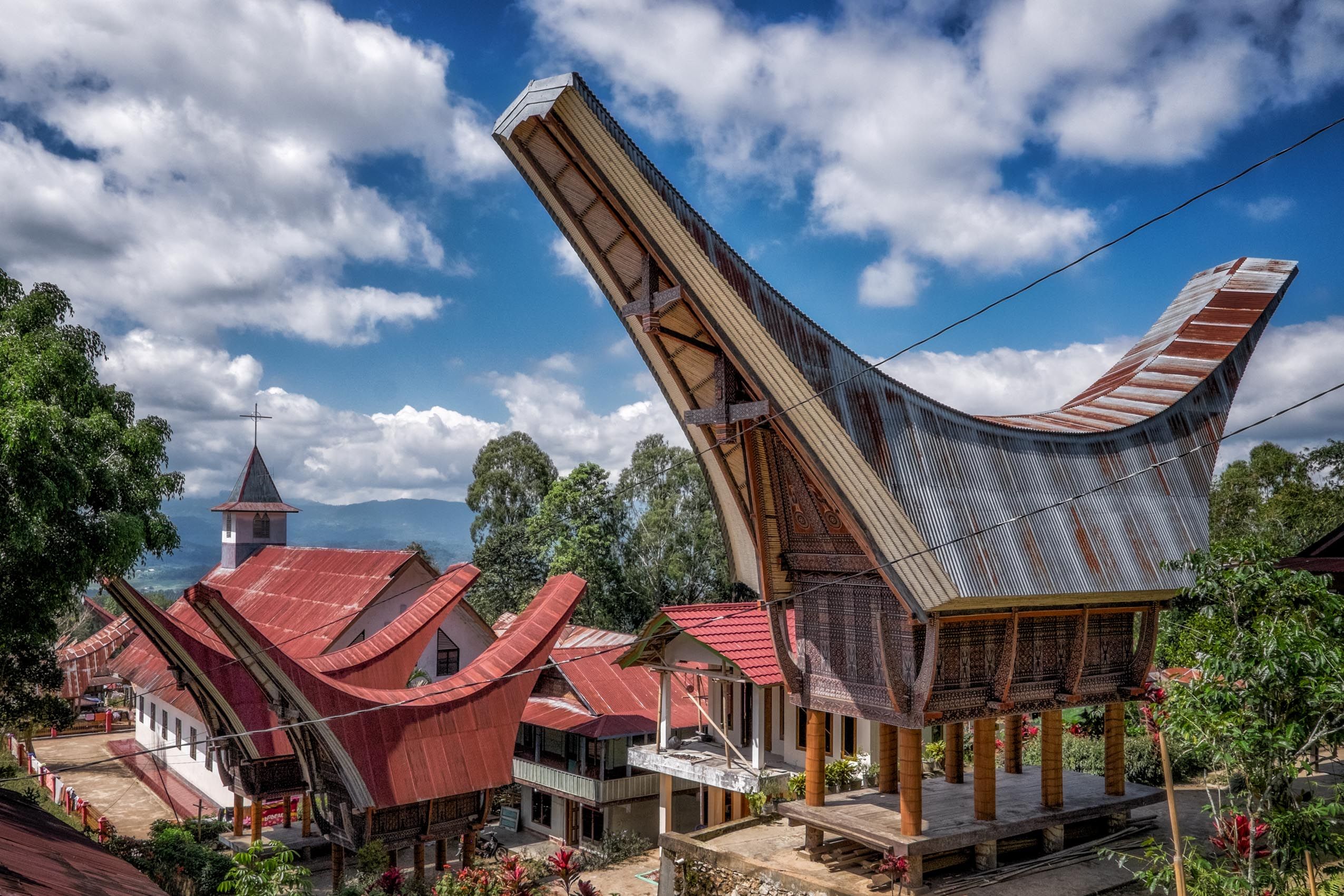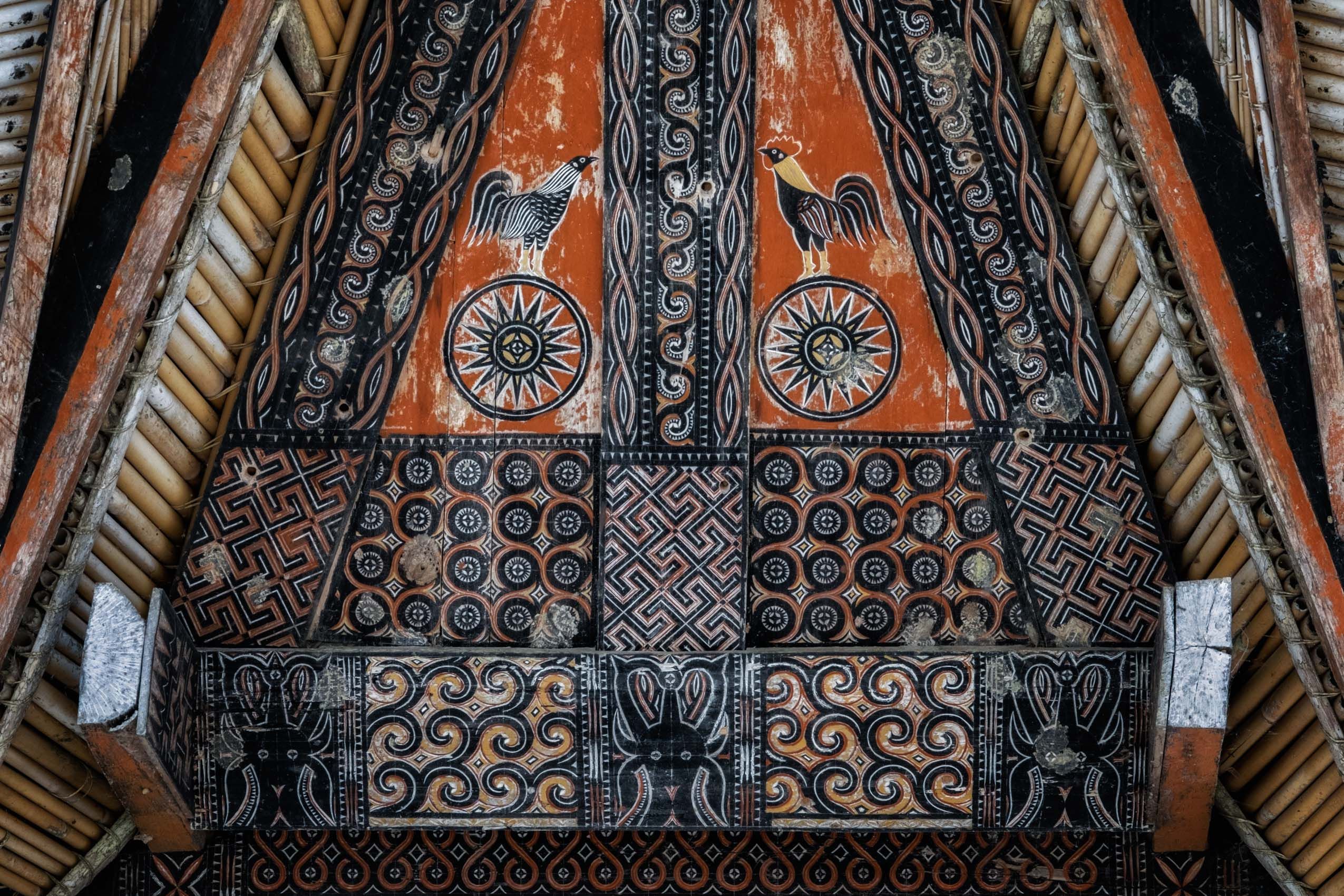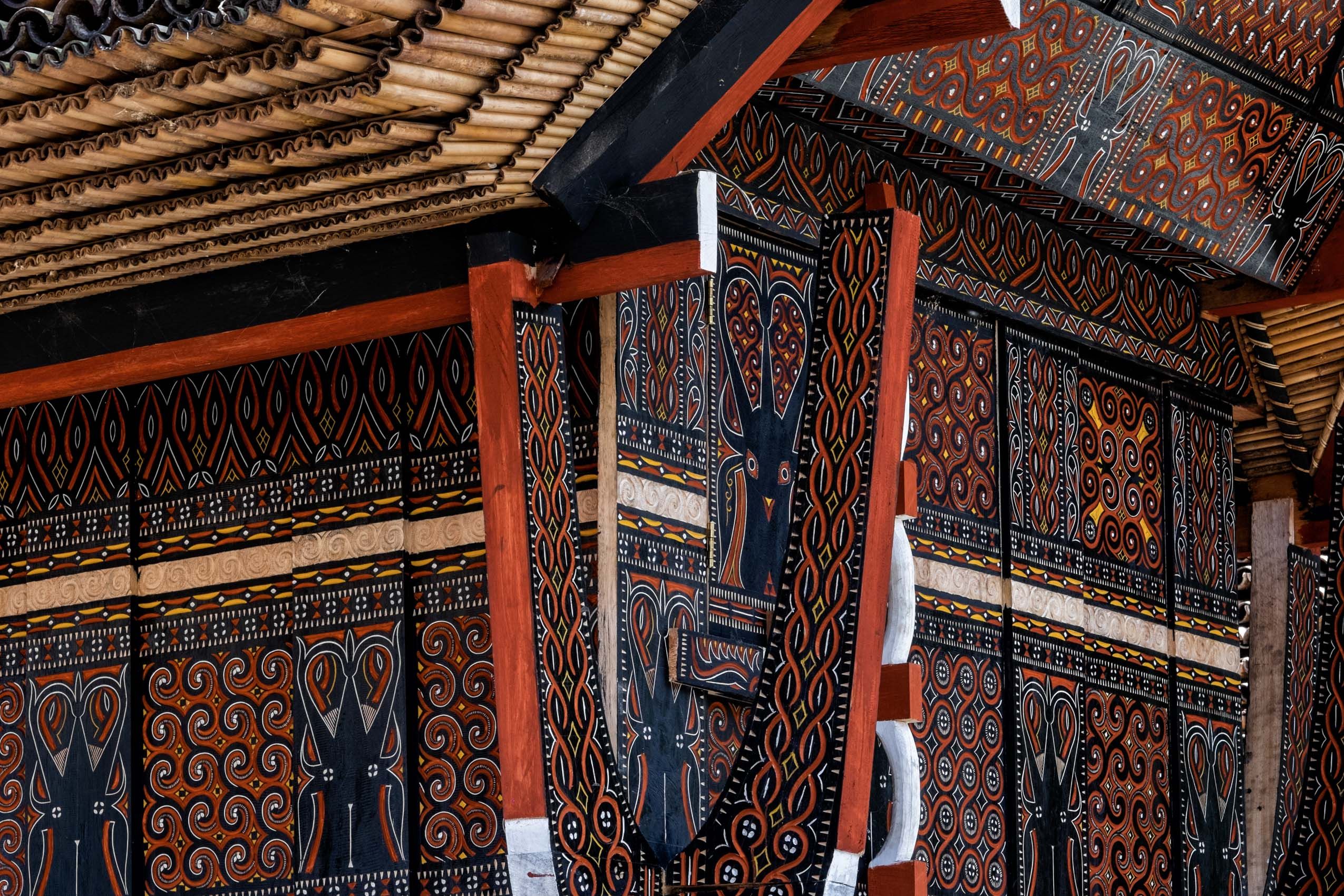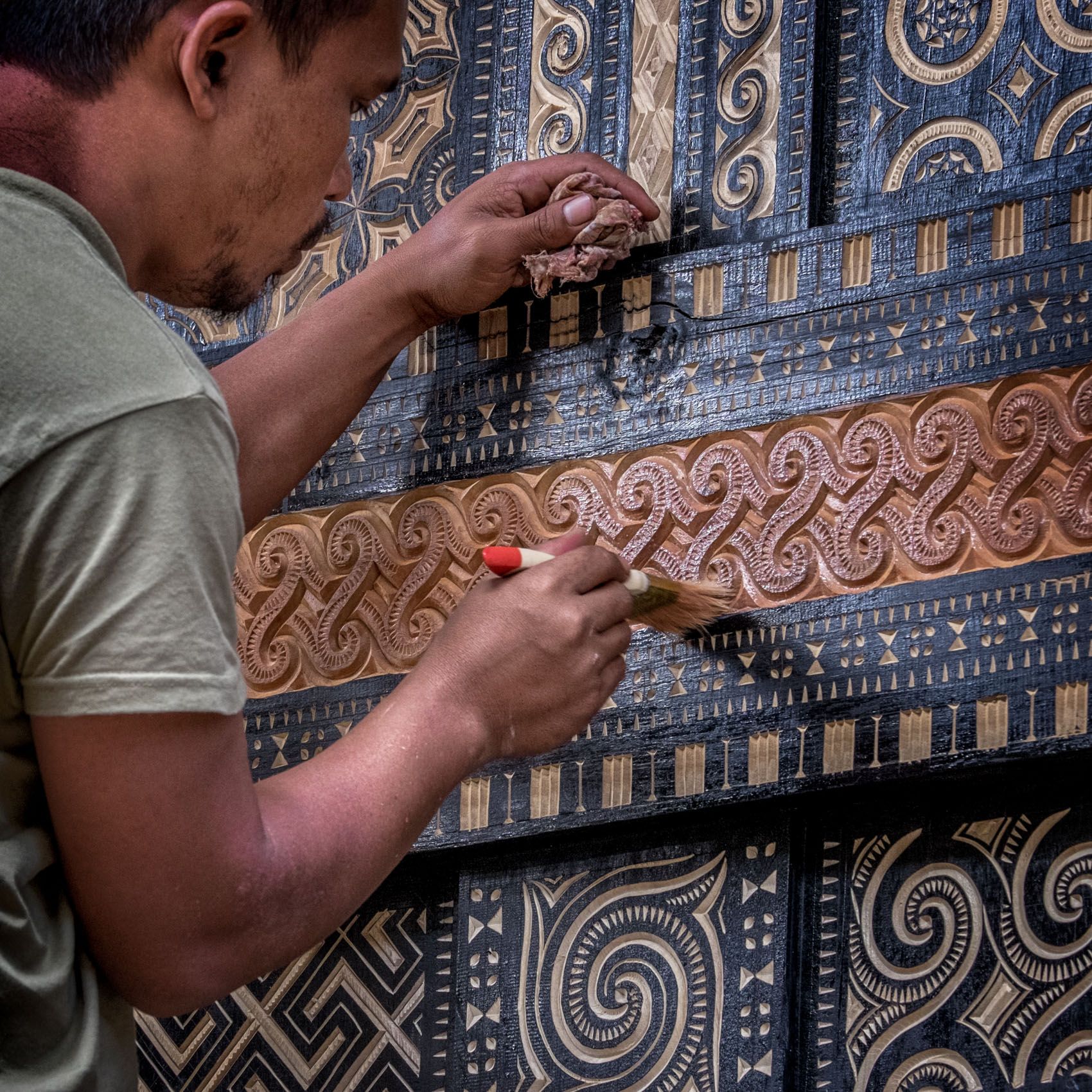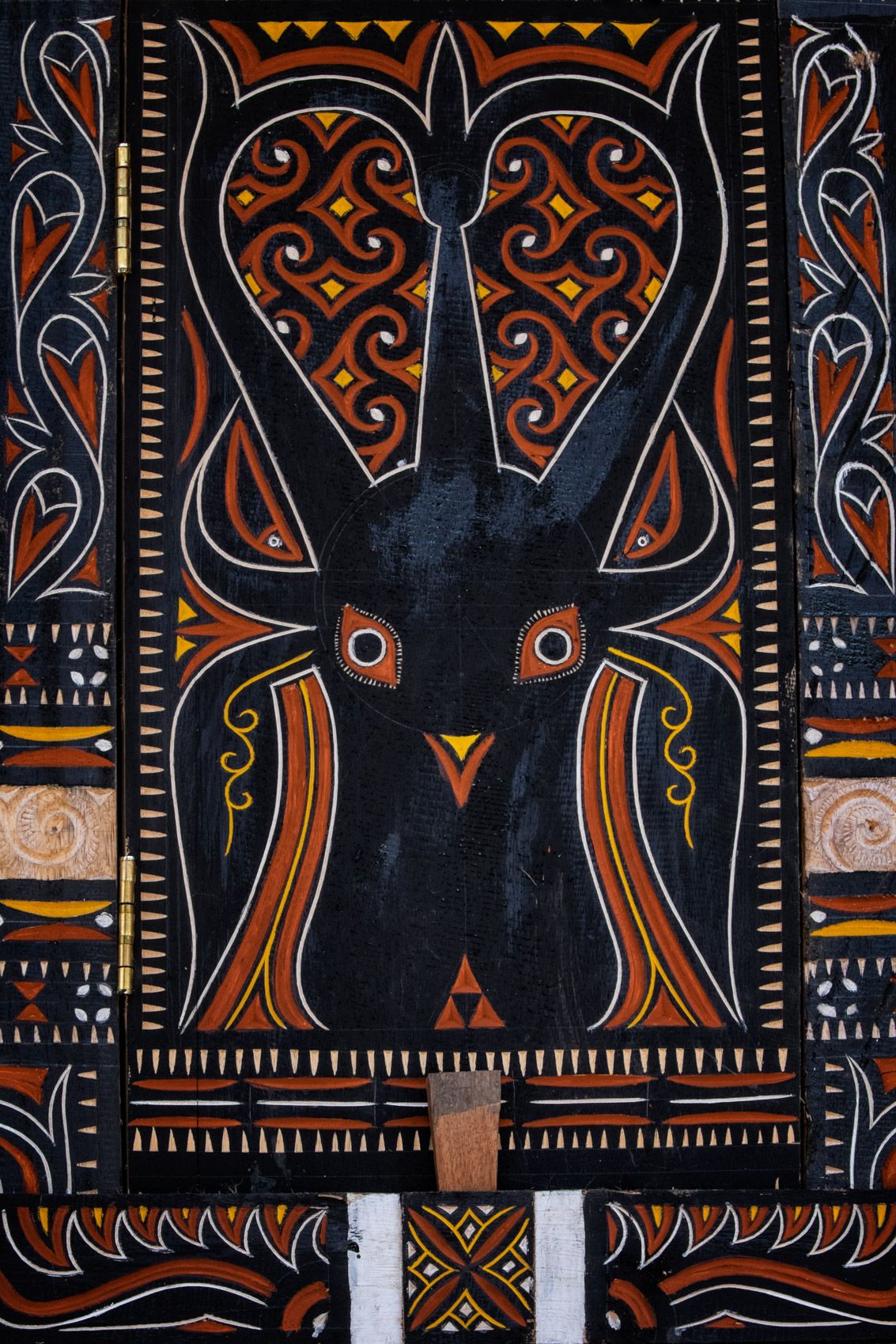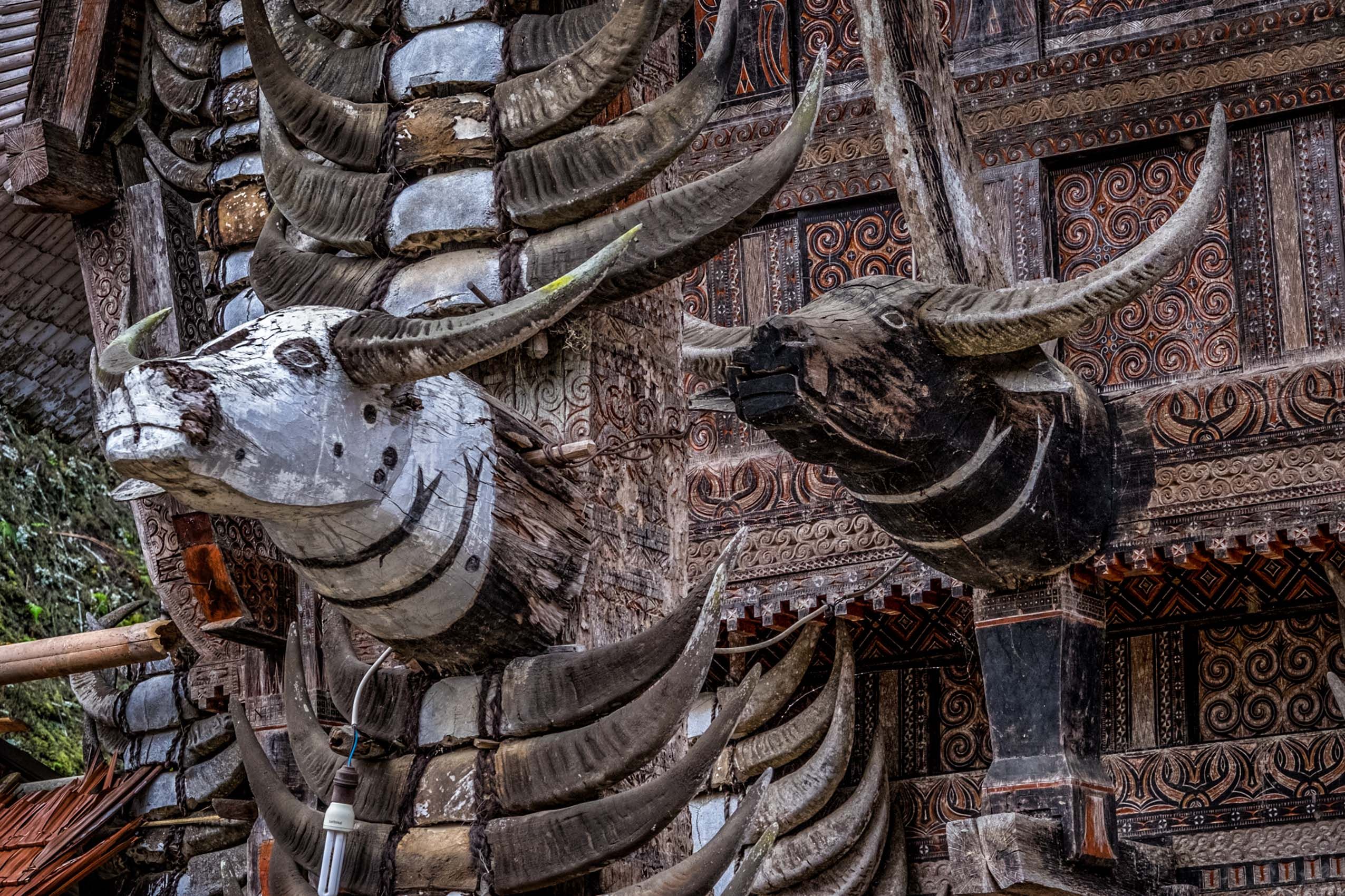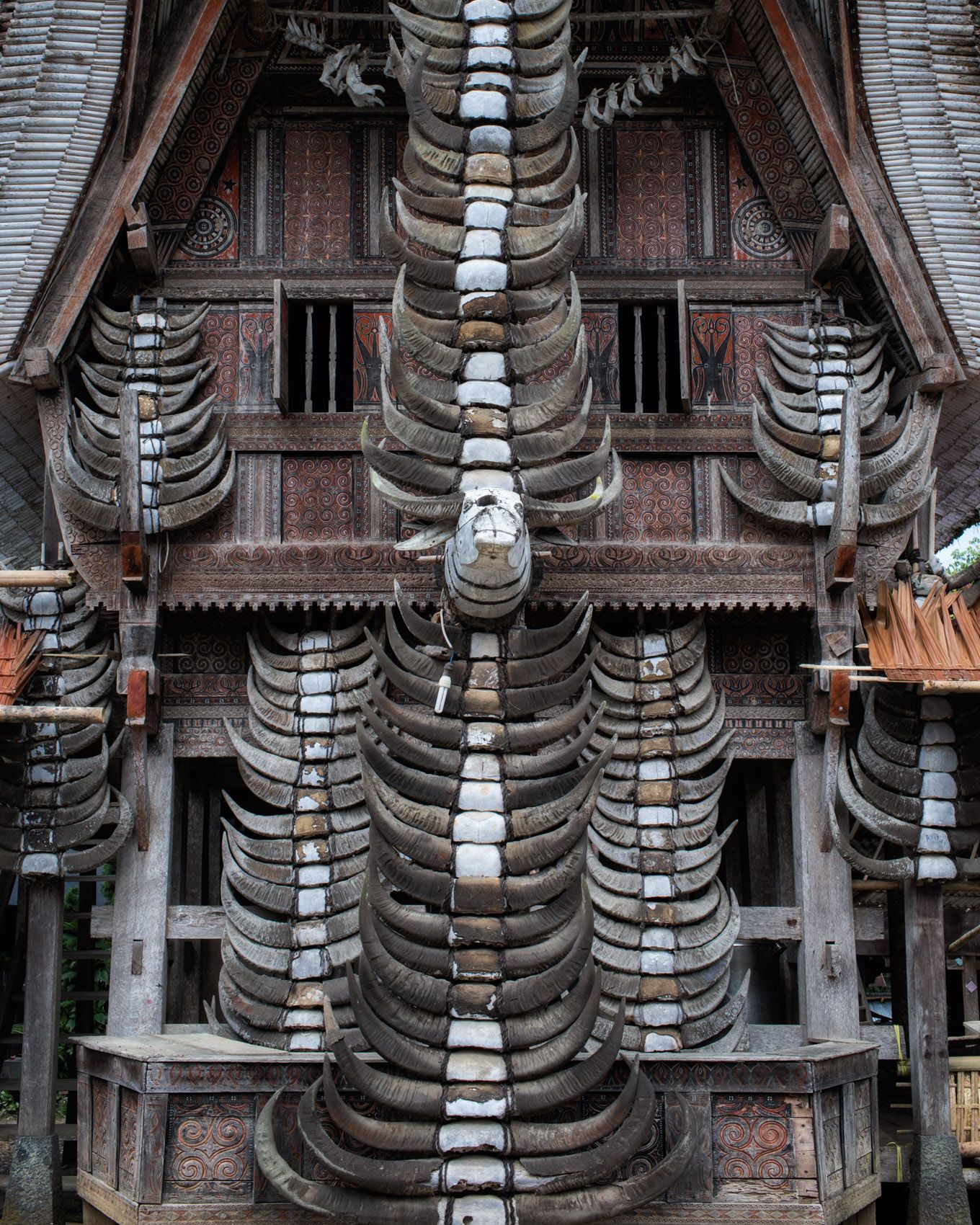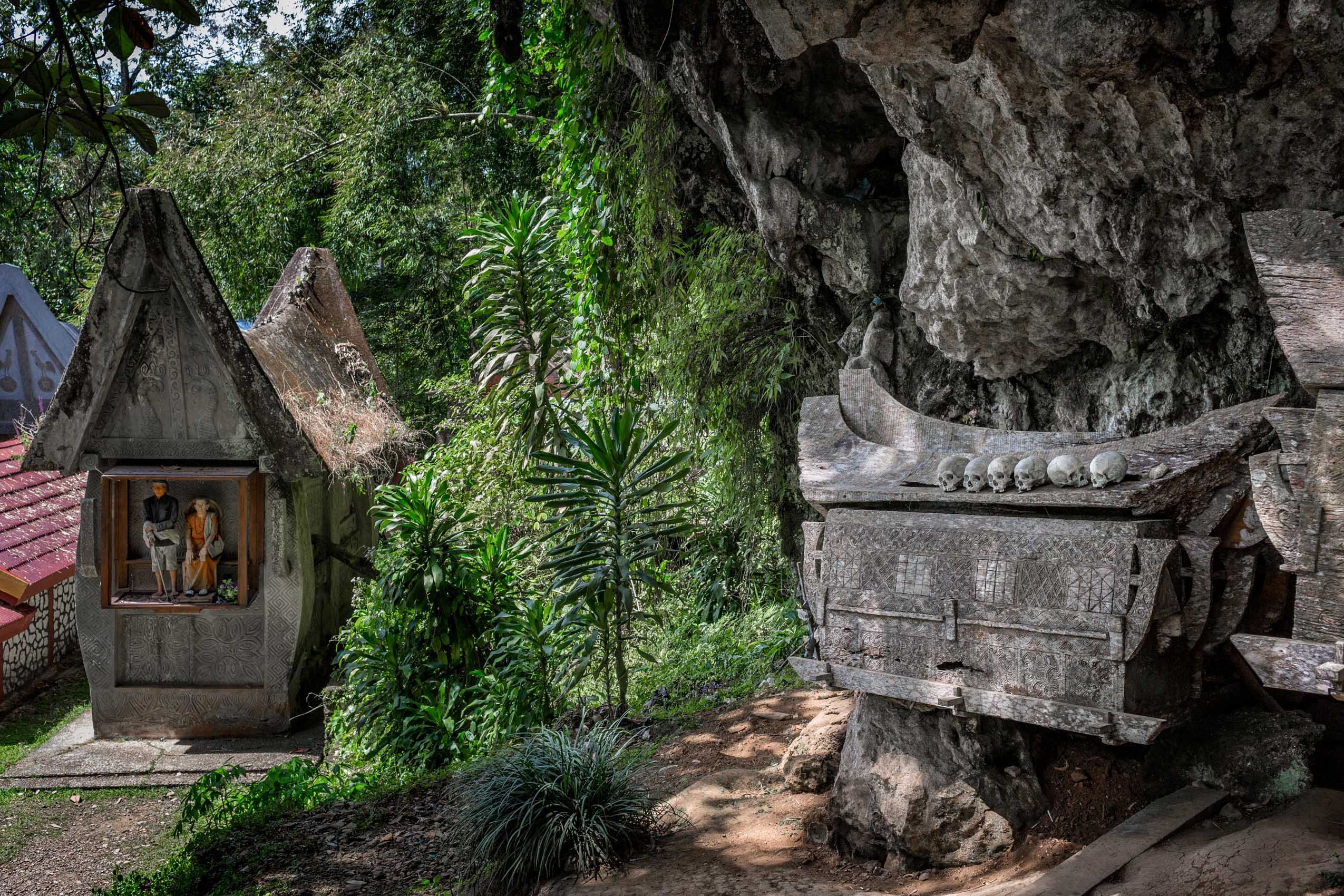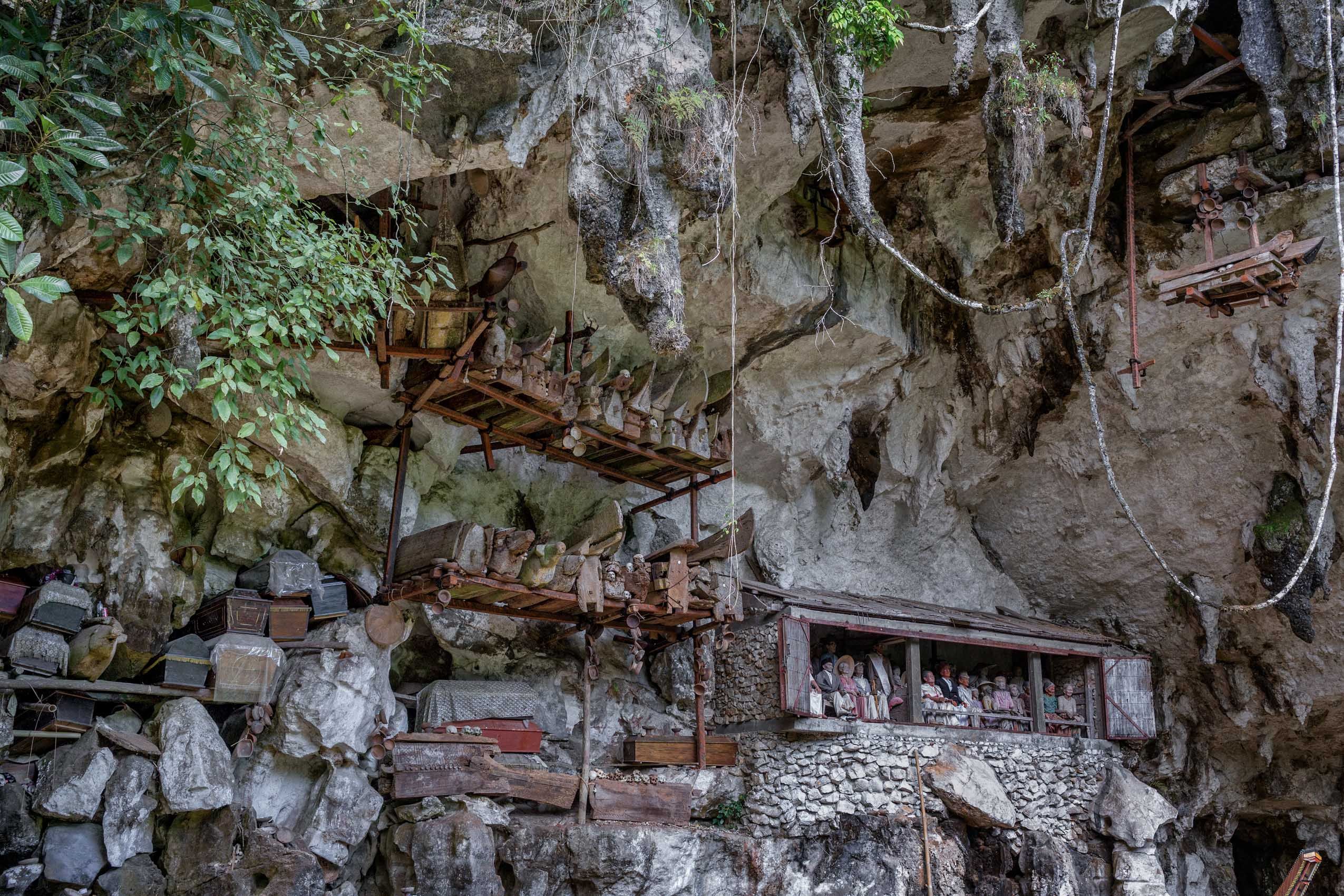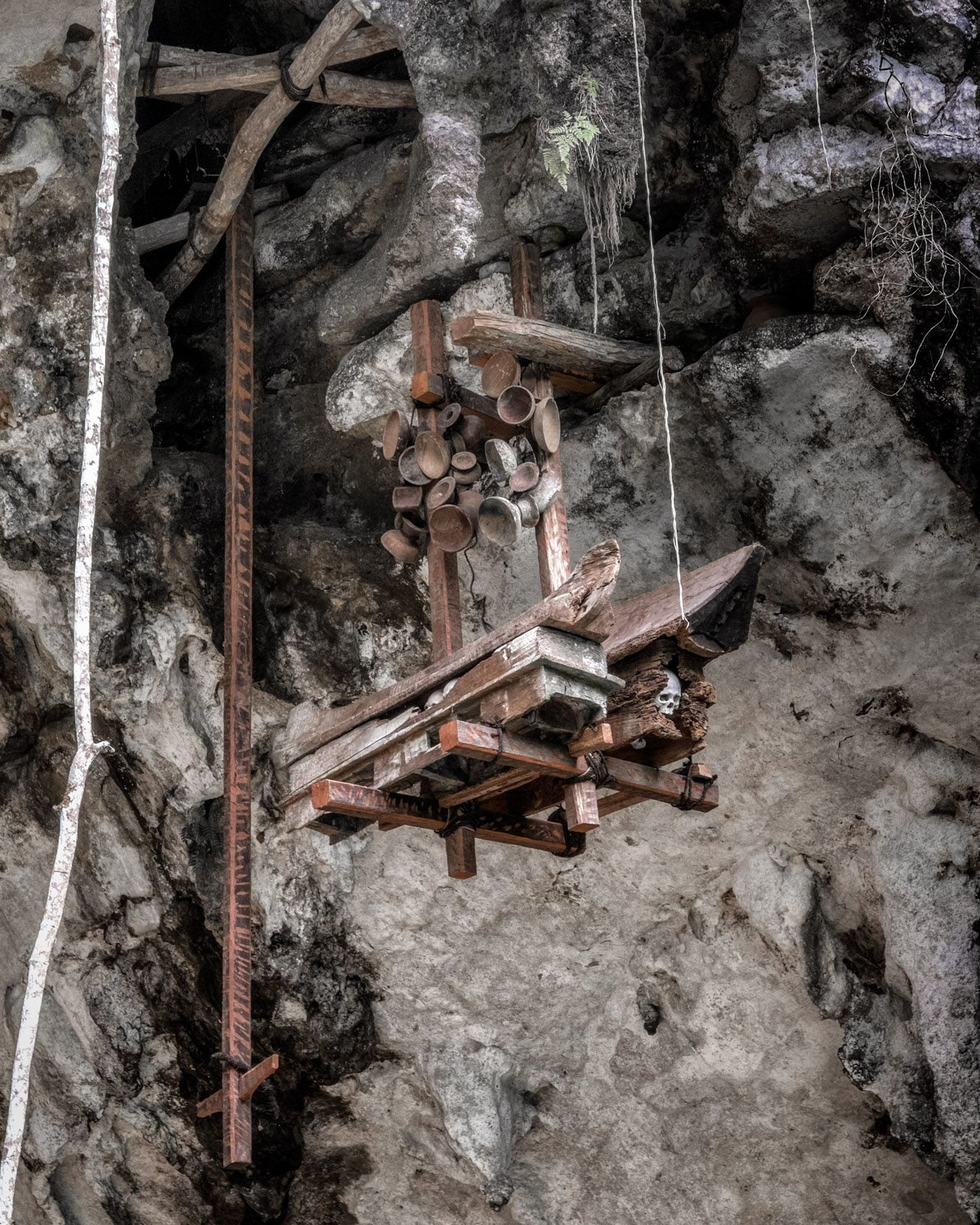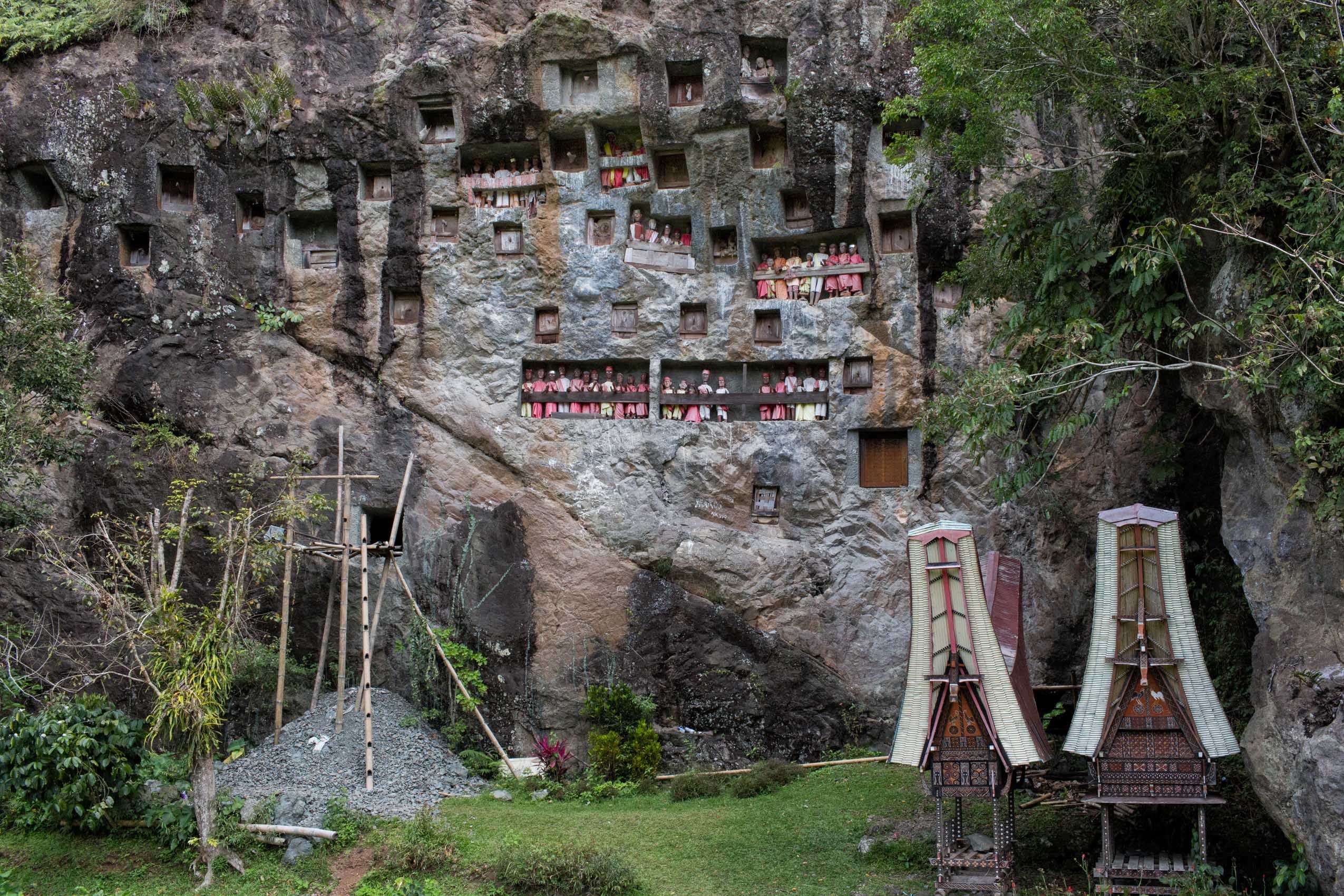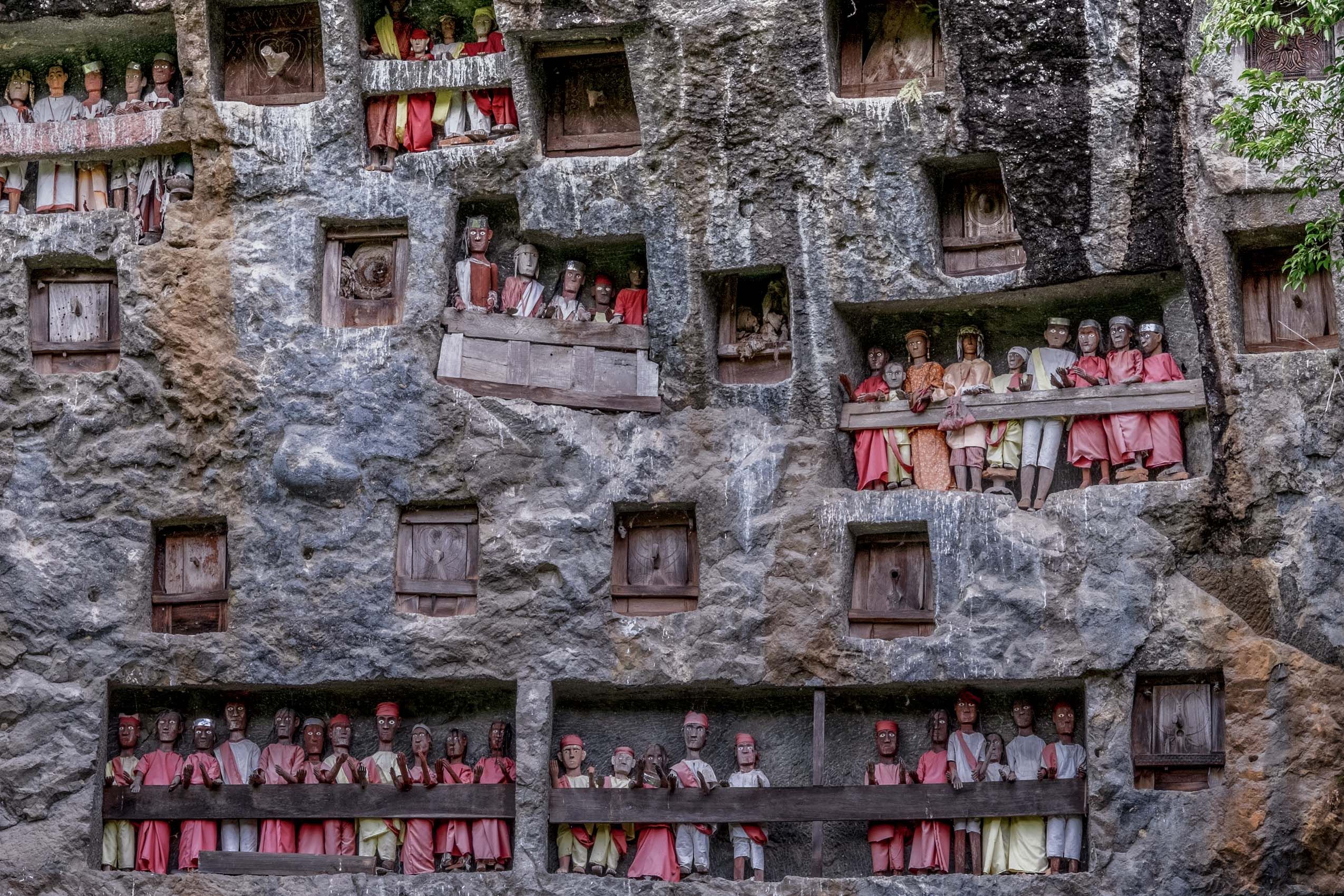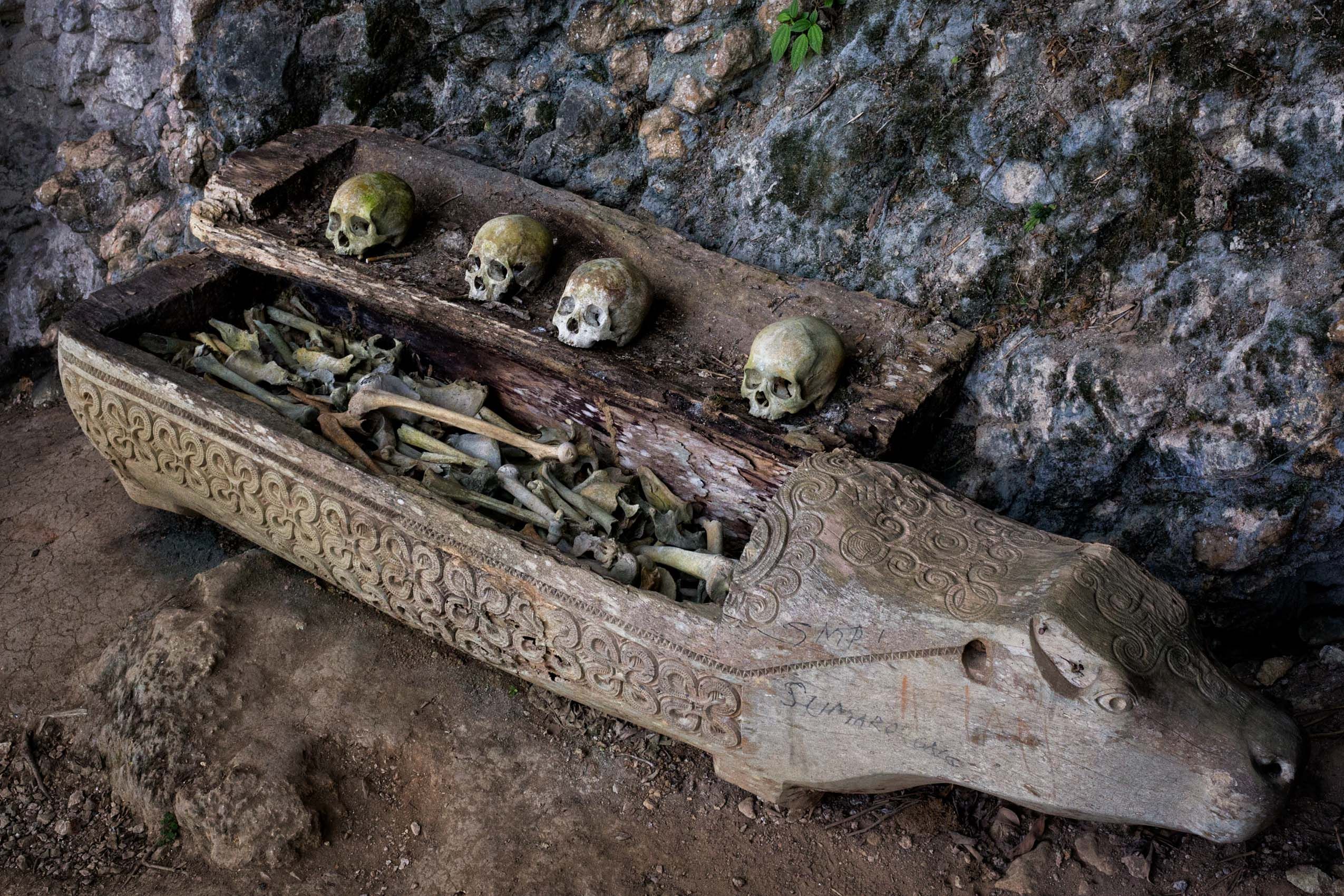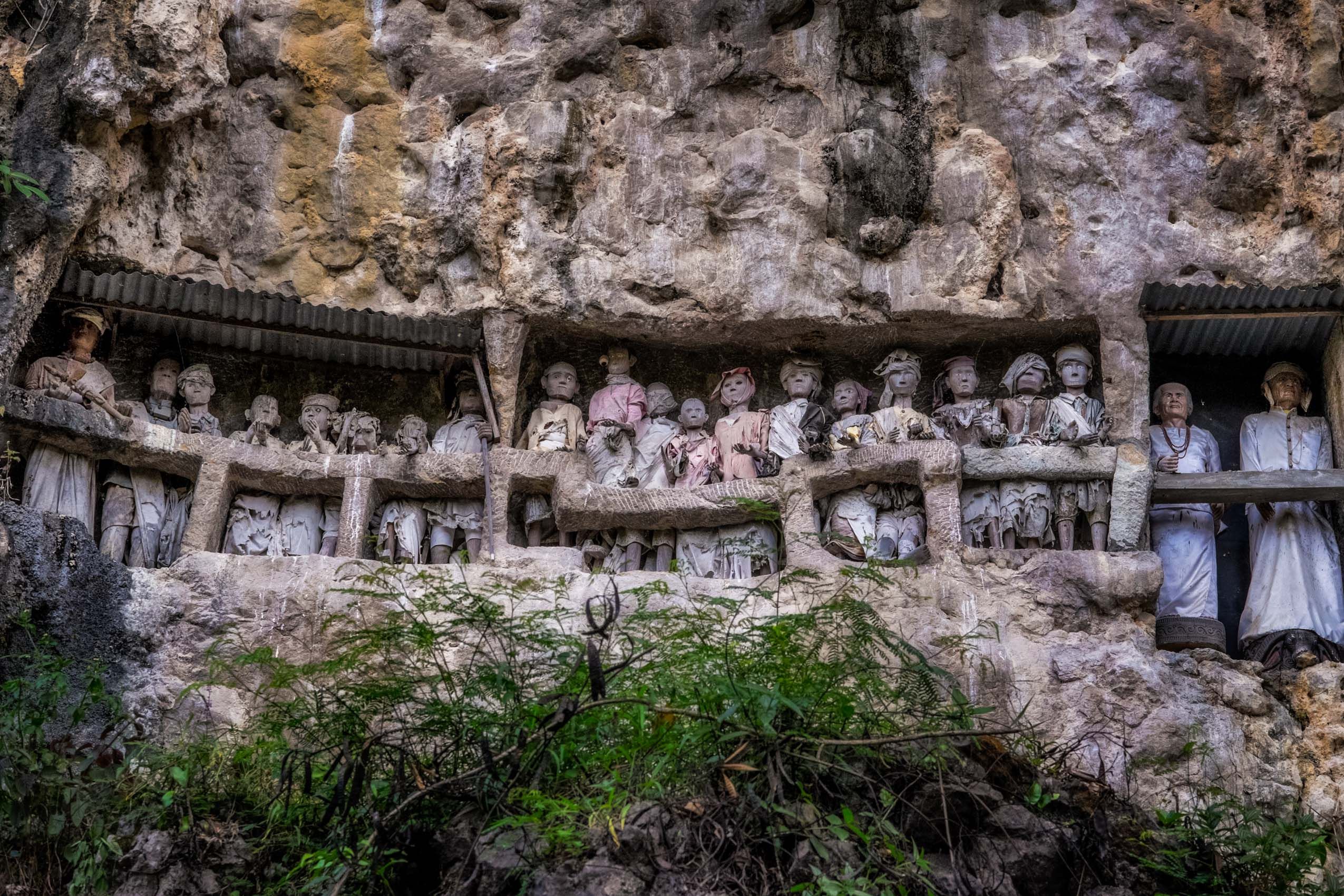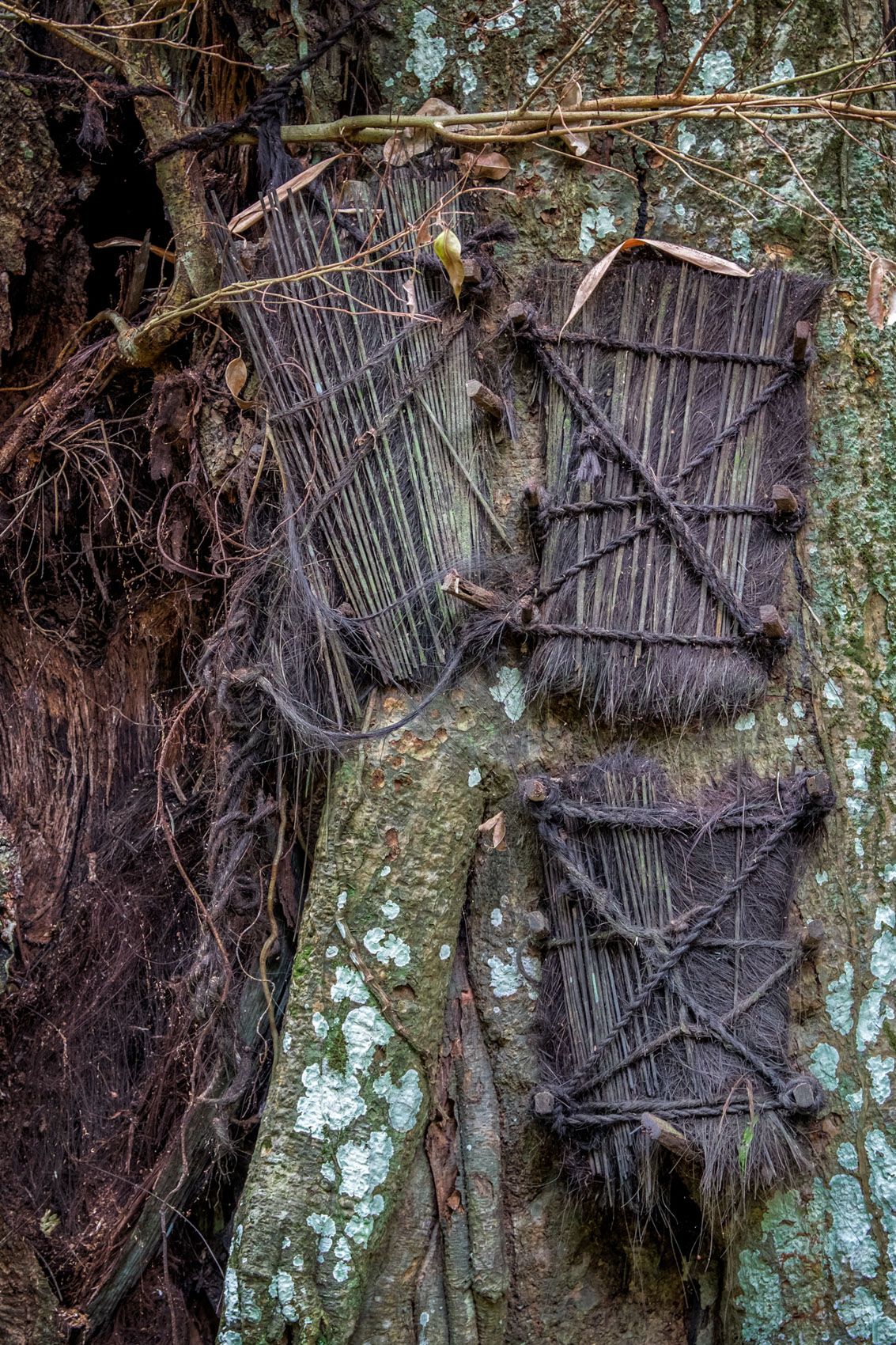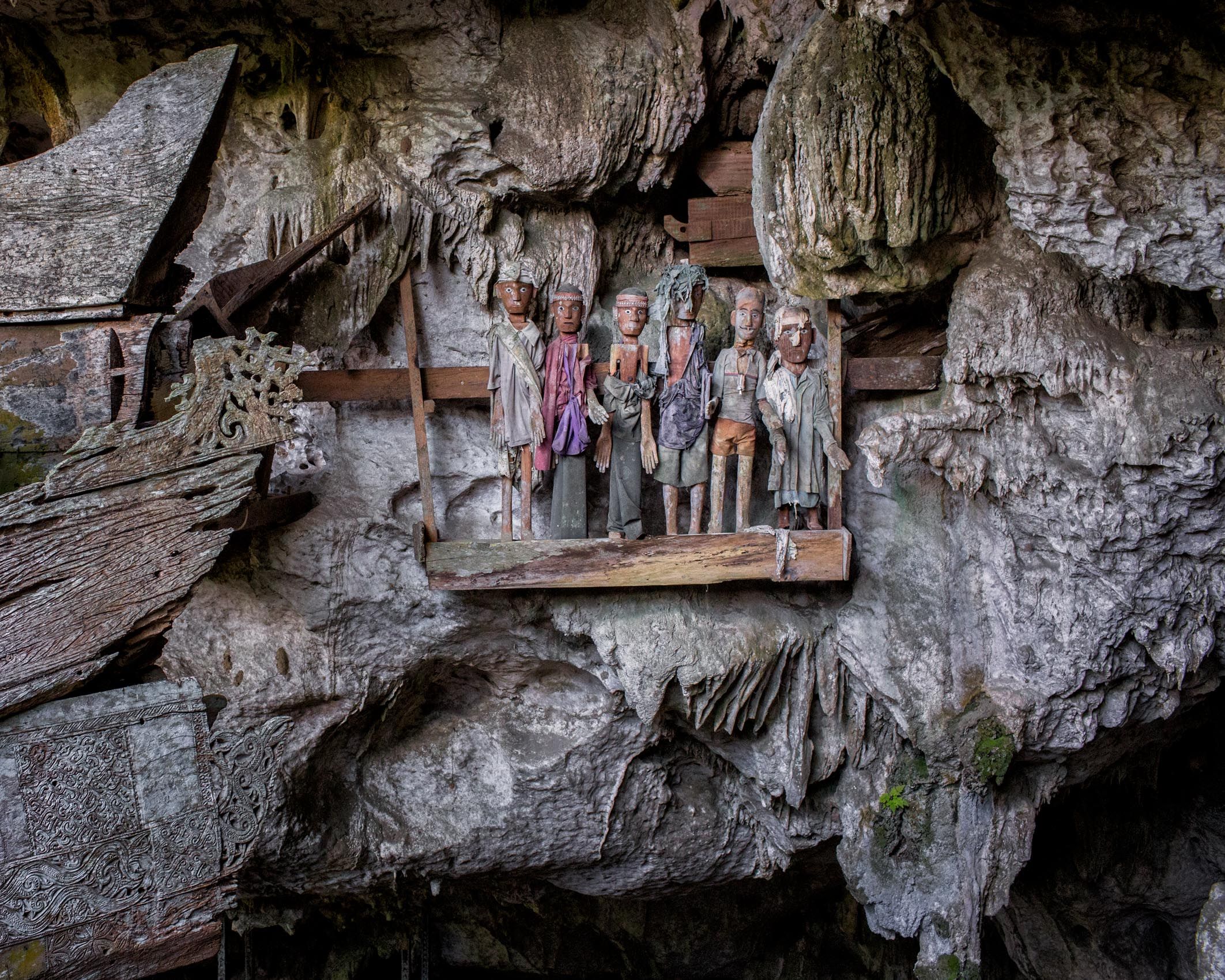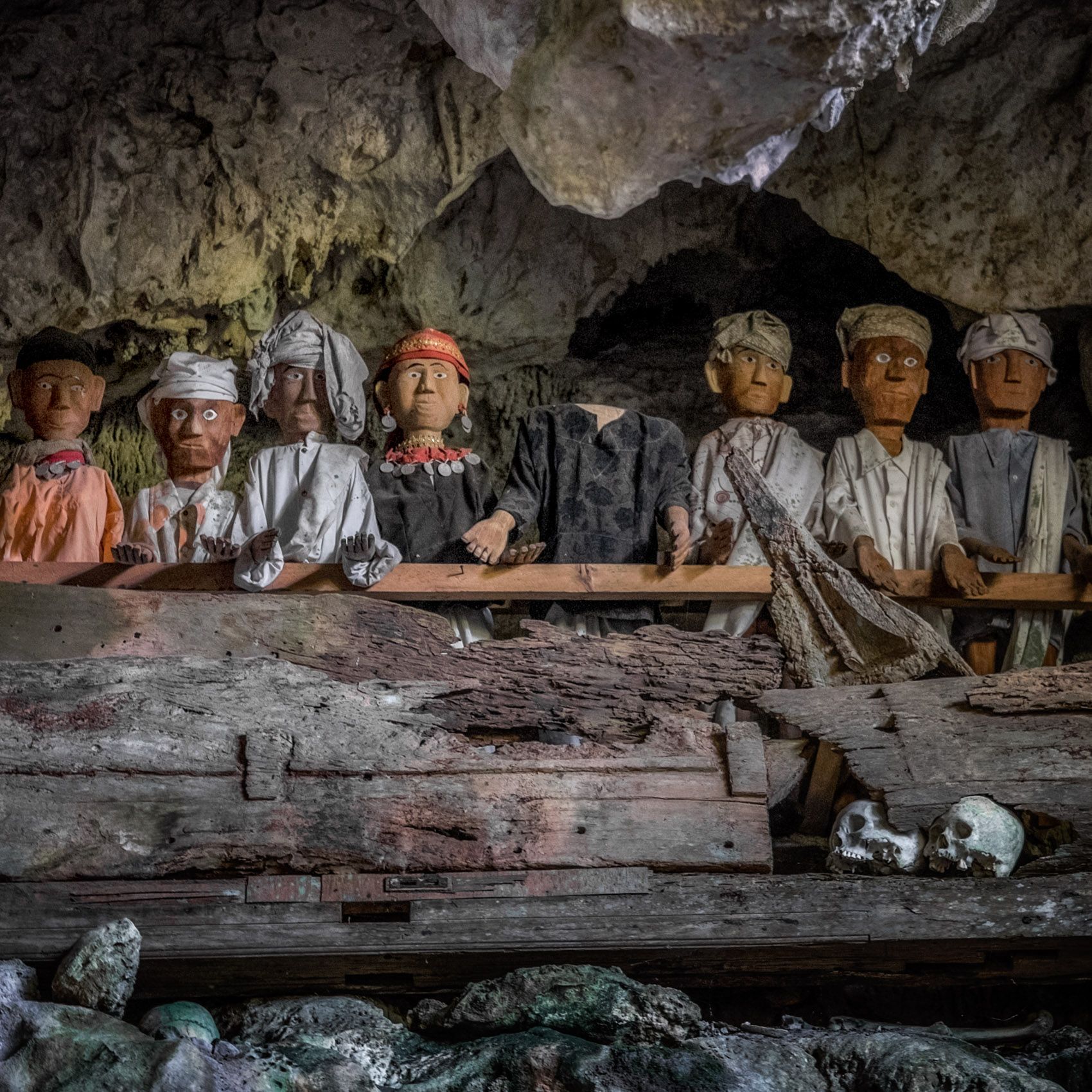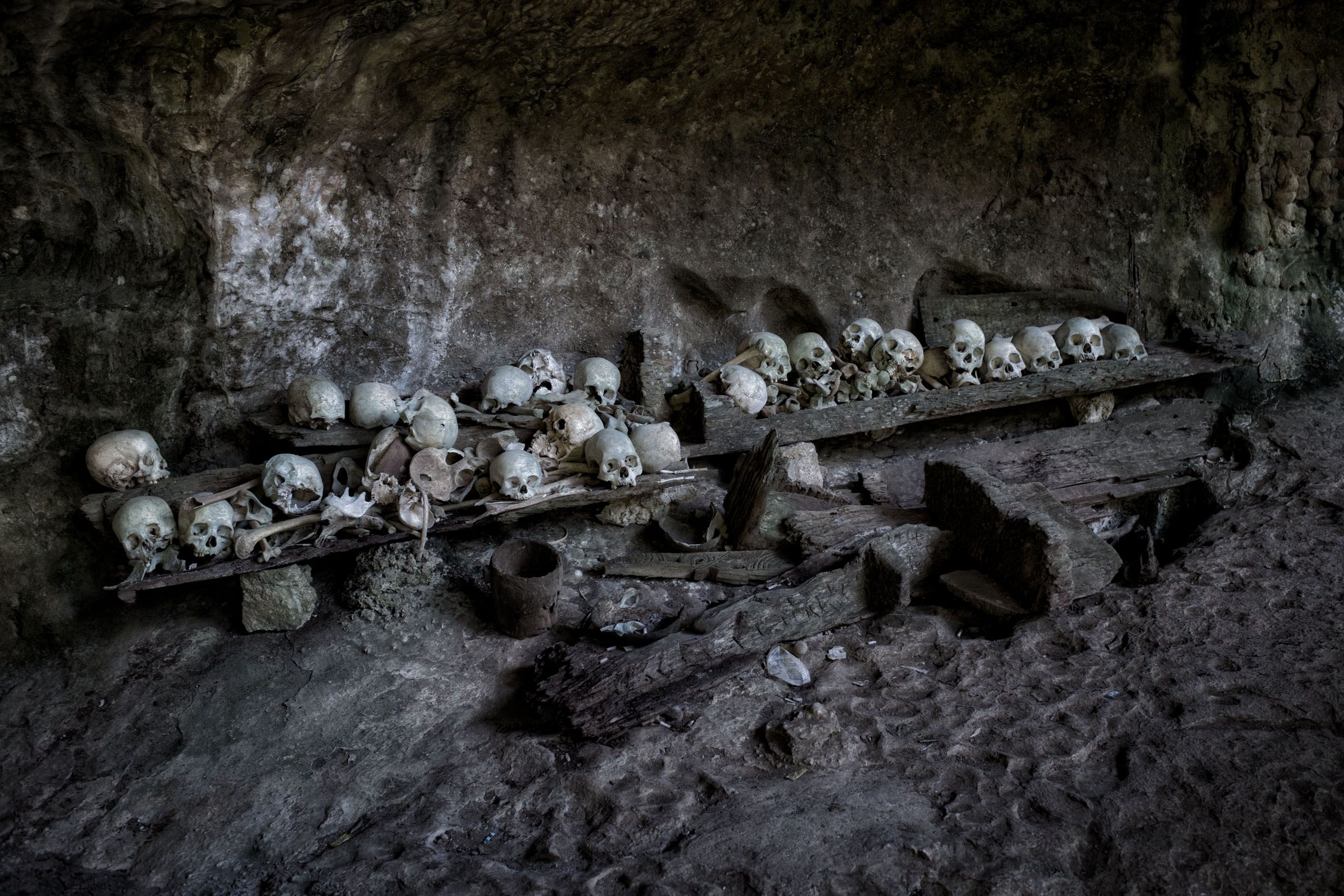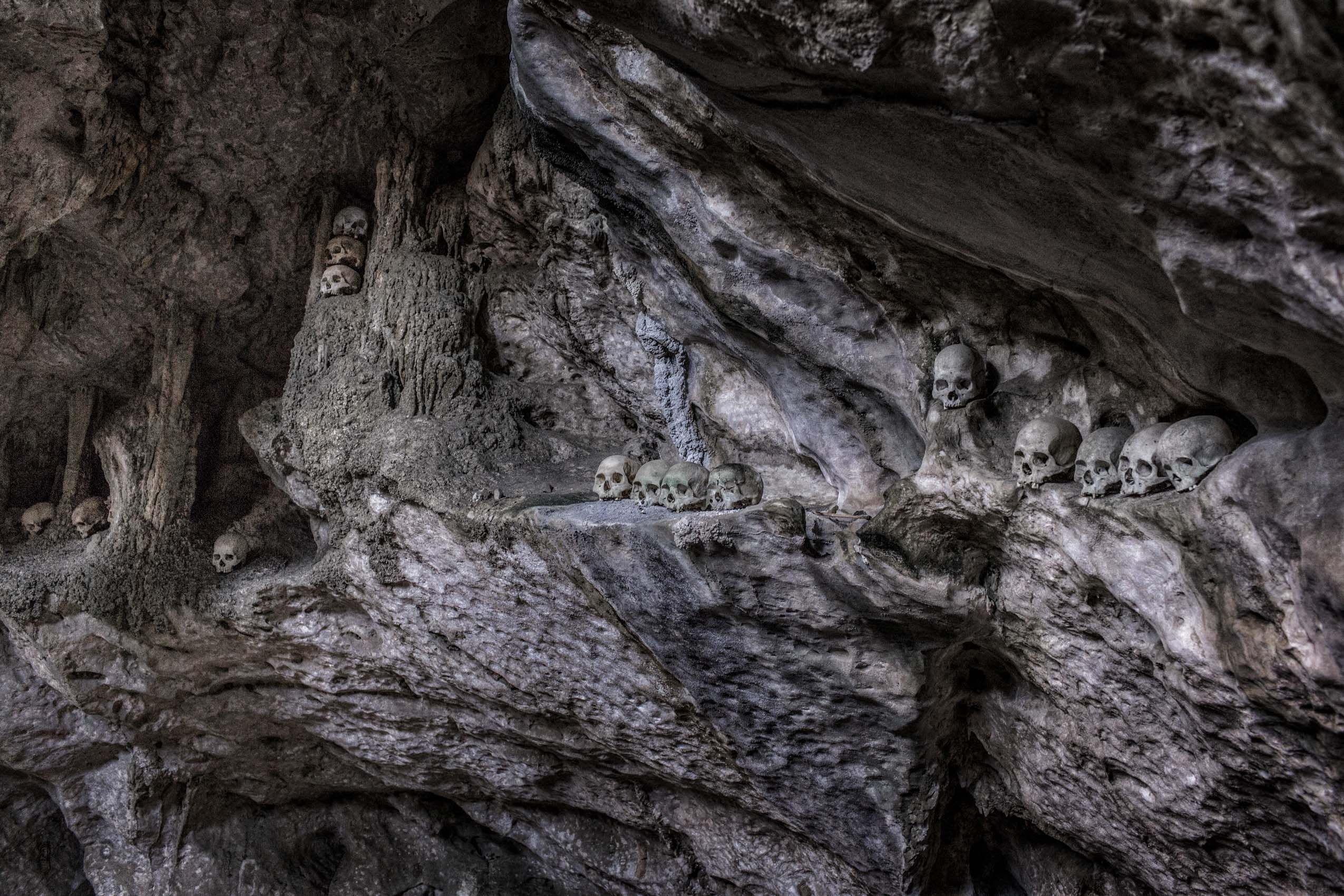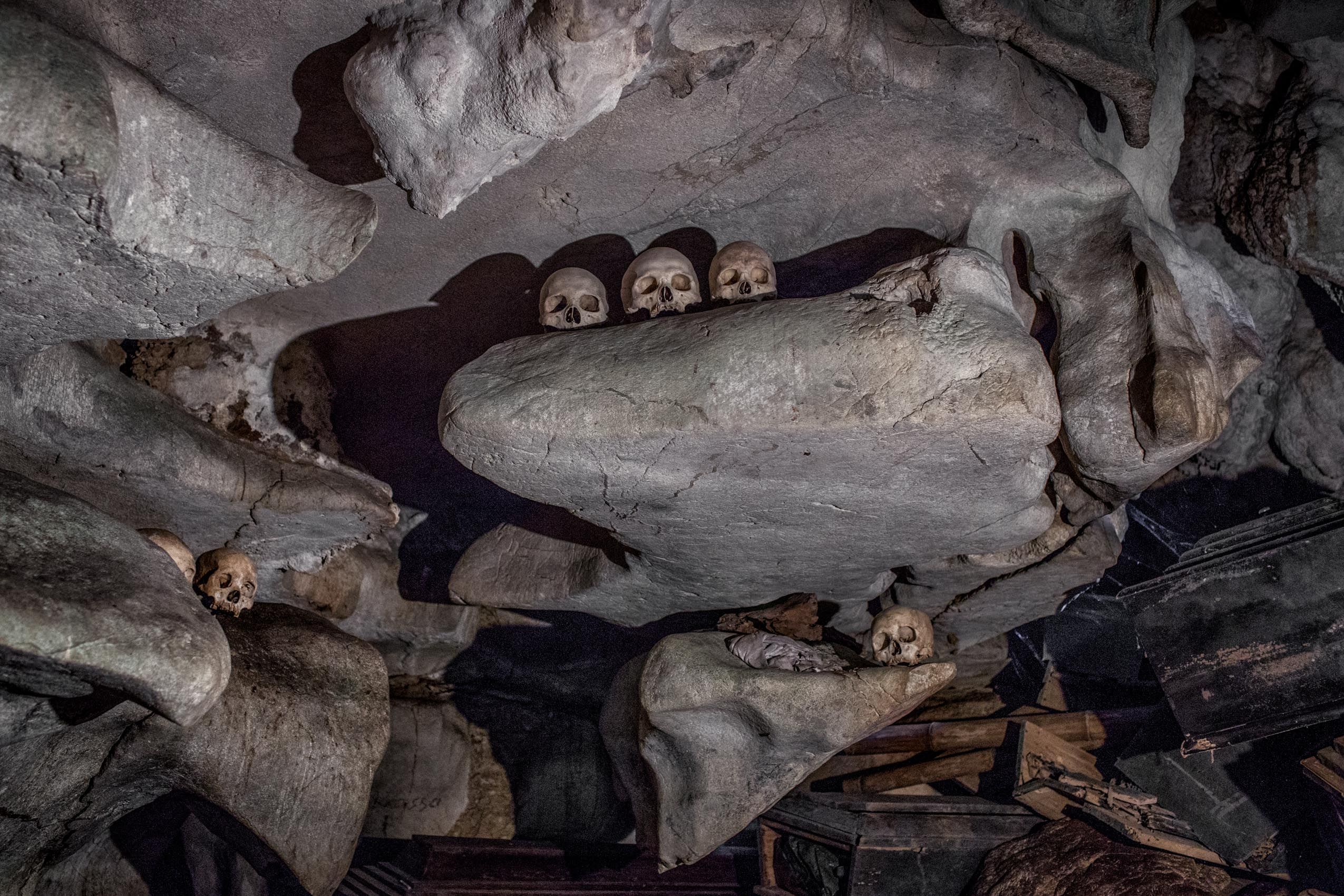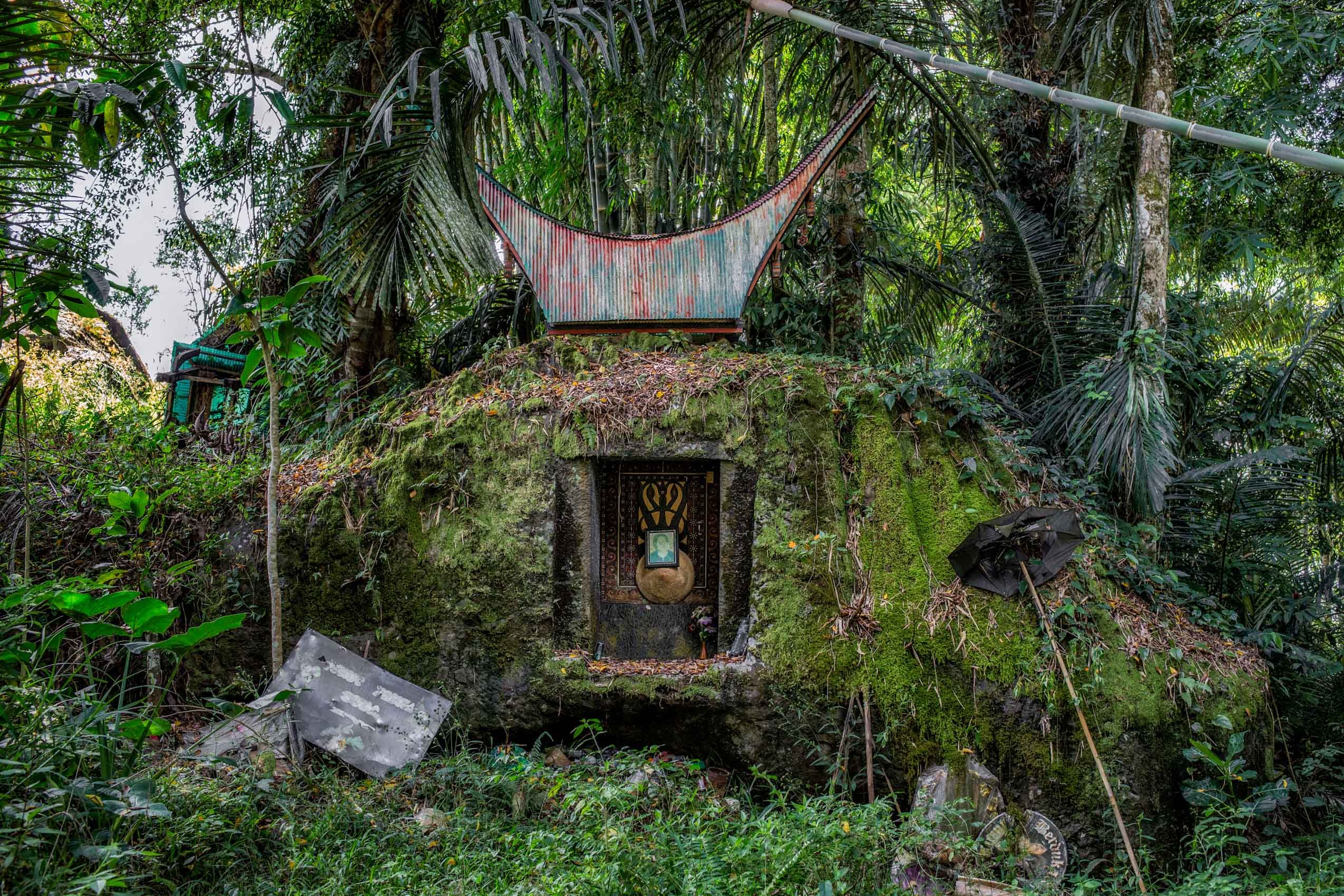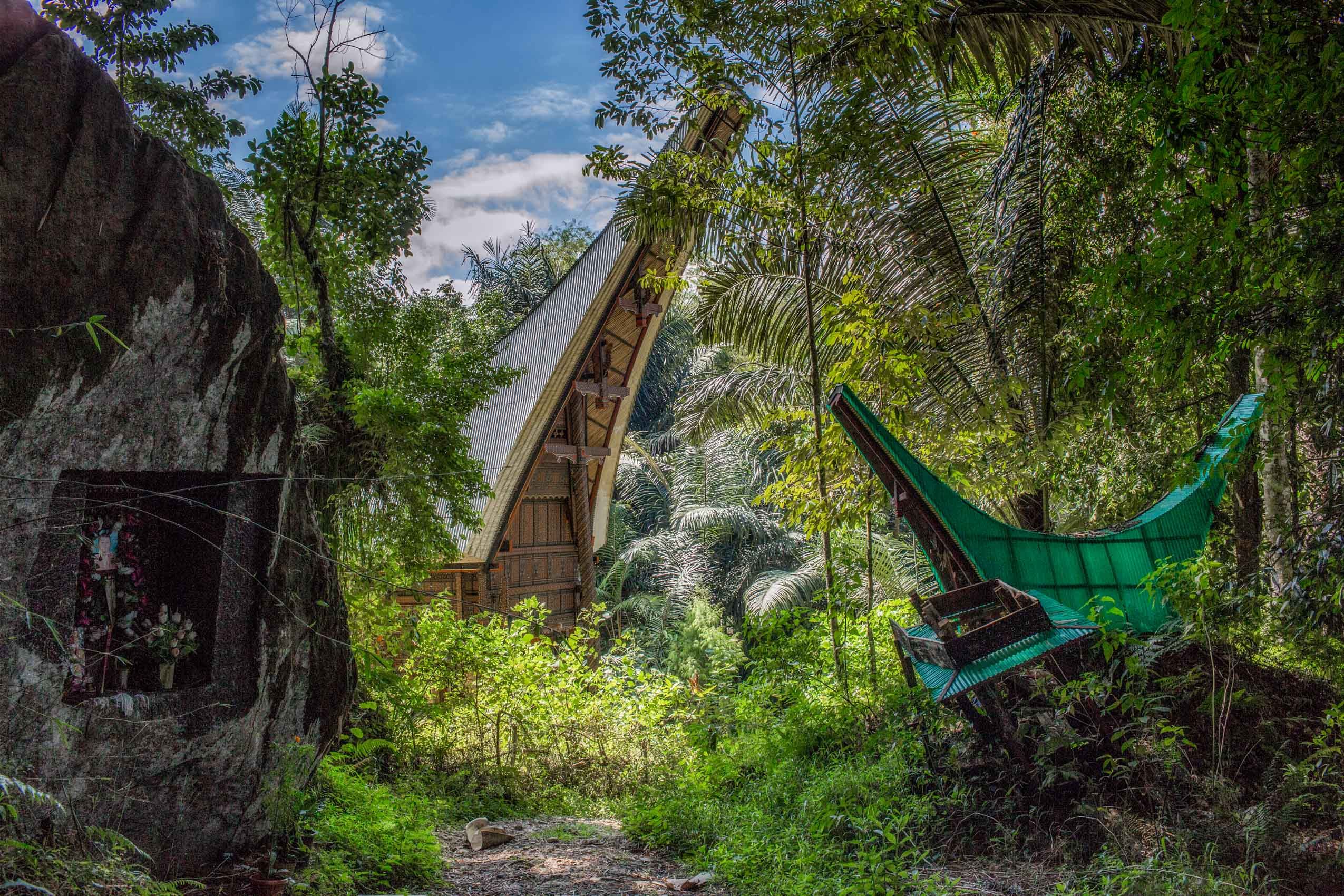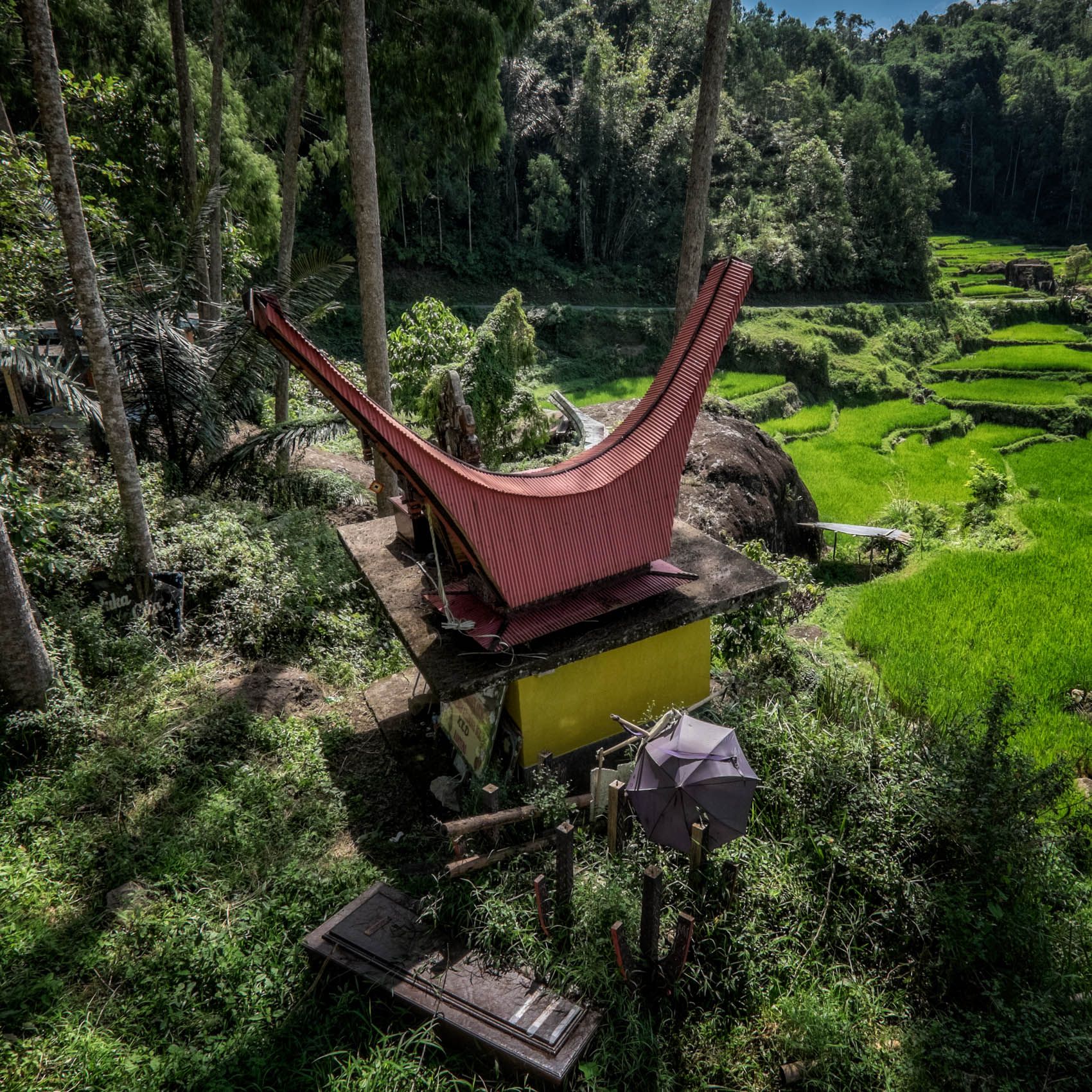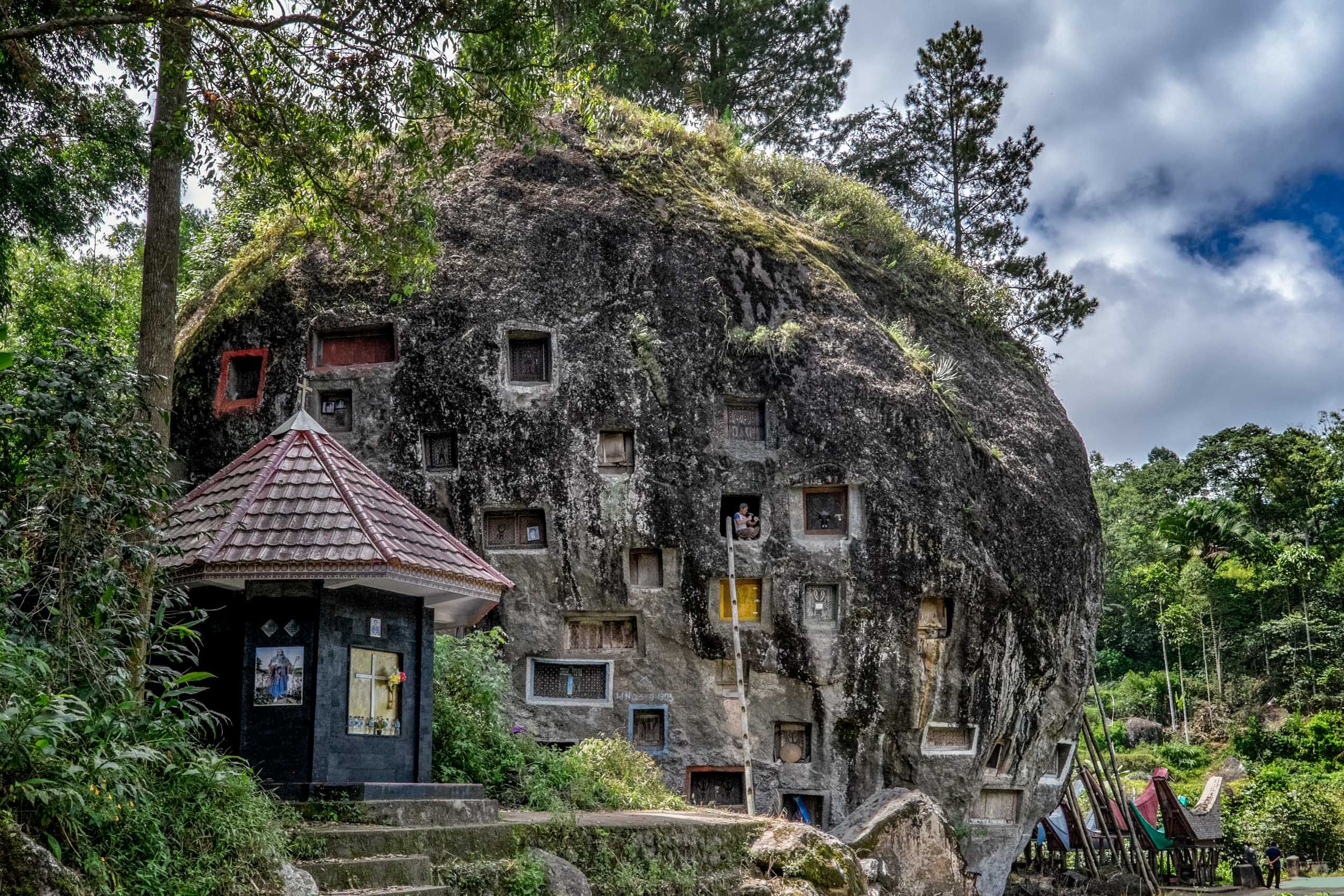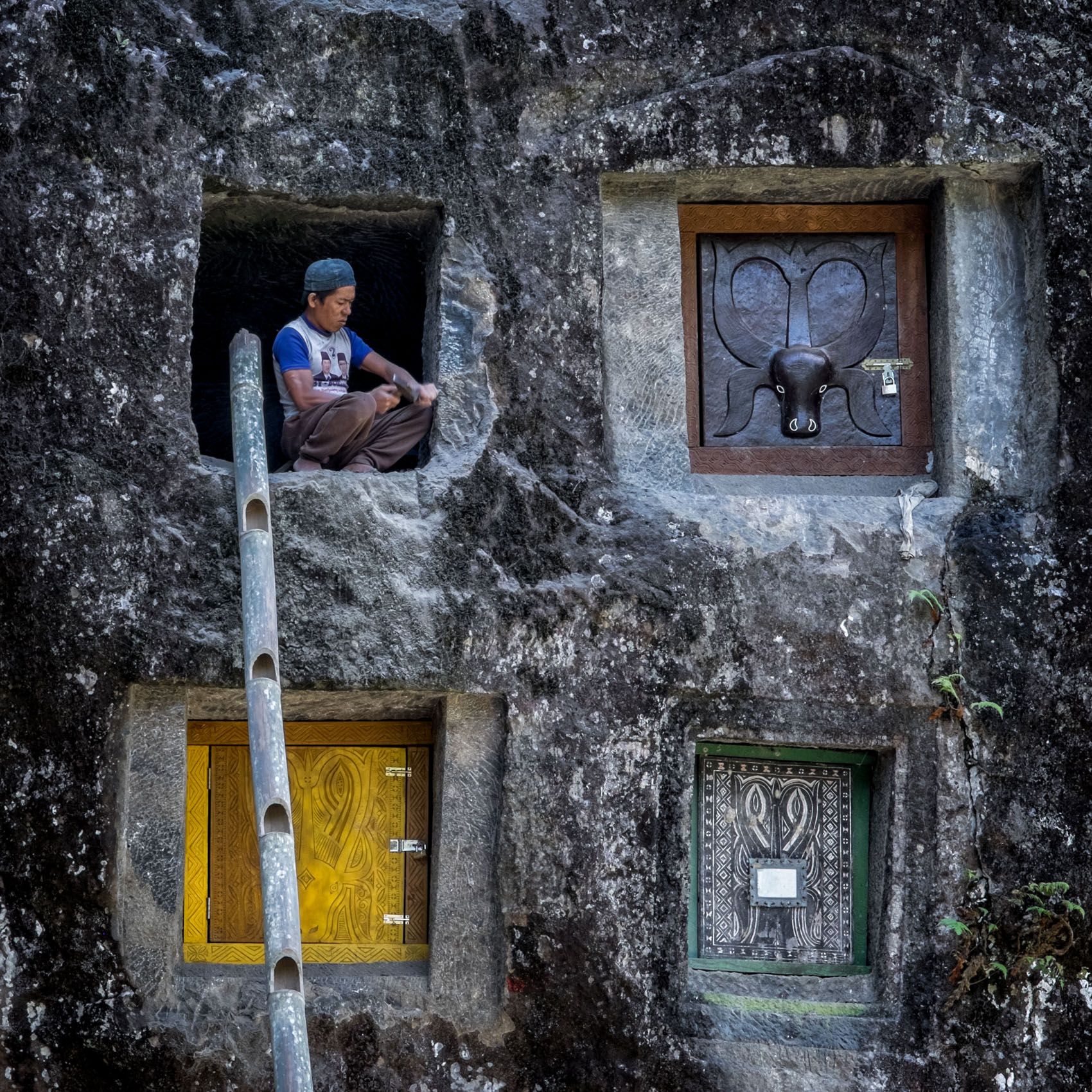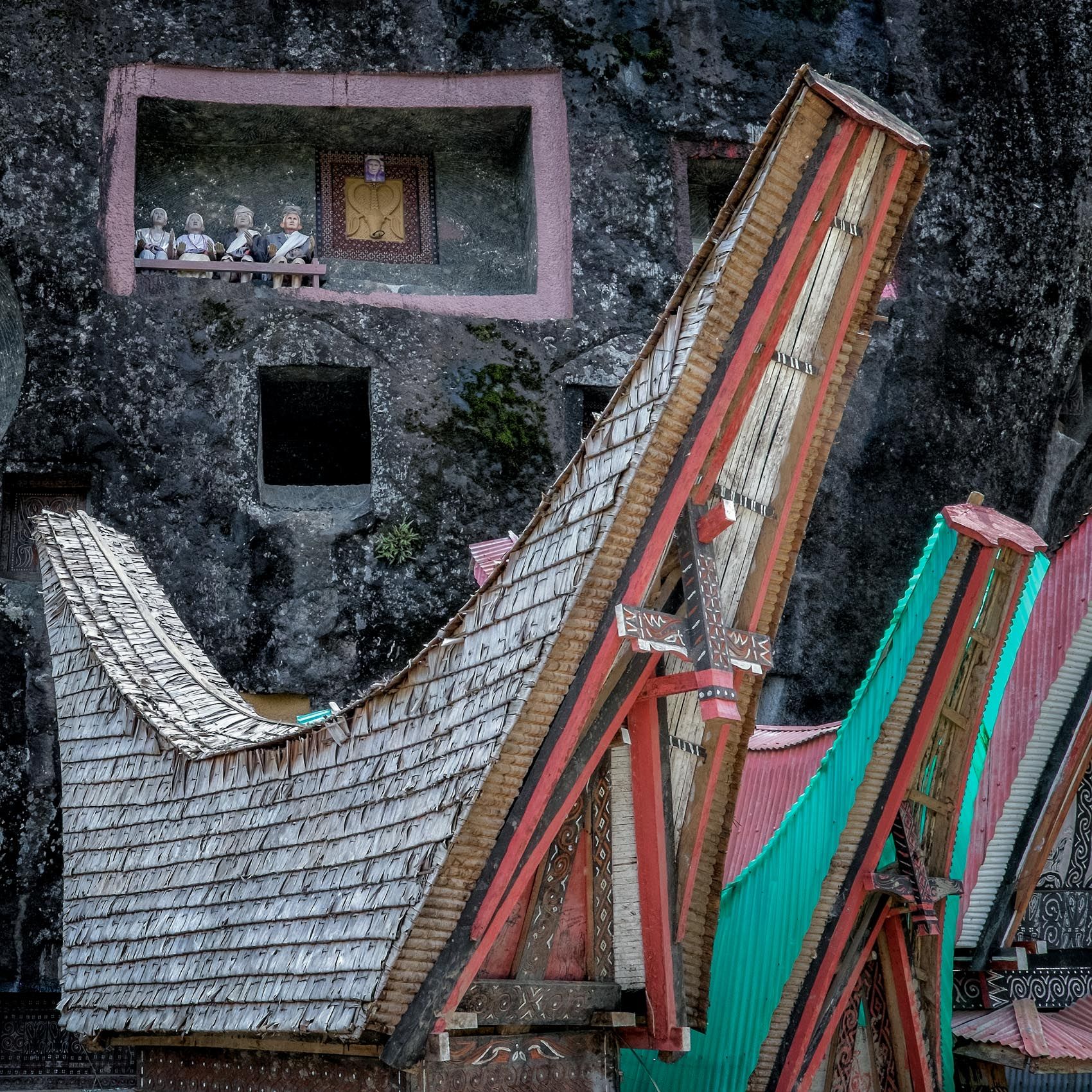INDONESIA: The Living and the Dead in Tana Toraja
Torajans, one of many indigenous groups on the Indonesian island of Sulawesi, are notable for their distinctive culture focused on funeral rites and the relationship between the living and their deceased kin. Tana Toraja, the land of the approximately two thirds of a million Torajans, occupies a beautiful, mountainous northern region of what is south Sulawesi. Most contemporary Torajans are nominally Christians, having been converted by Dutch missionaries early in the 20th century. Despite this, they continue to practice funerary traditions that orginated in their indigenous animist religion, without any apparent sense of cultural or spiritual contradiction. Funerals are elaborate and extravagant occasions of conspicuous expenditure, and thus primary status markers in Torajan society. Funerals are often postponed for months or even years after the death, in order to provide family members more time to accumulate funds to expend on the funeral. During the interim, the deceased is embalmed and continues to reside in the family home, where he or she continues to be cared for and treated as ill rather than dead.Funerals are communal—and now also touristic—events lasting for several days, and featuring the slaughter of many water buffalo and pigs. Many of these are contributed as offerings by invitees, and are duly inventoried before their slaughter. The flesh is consumed in communal feasts, while the horns of the water buffaloes are used to adorn the facades of the tongkonan—the architecturally striking traditional Torajan houses, with their roofs shaped like large ship’s prows and their beautiful decoration of geometrical patterns and stylized water buffalo heads. After the funeral, the deceased is buried in a coffin deposited in a cave or suspended on the underside of a cliff face, or inside a rock cut tomb or a constructed mausoleum. These are decorated with striking effigies of the deceased, called tautaus. Those who die in infancy are wrapped in cloth and placed inside hollowed out trees that are then covered with palm fibres. It is said the child’s essence will then become fused with the growing tree—a deeply animistic concept but hardly a Christian one. In recent decades, the Indonesian government has intensively promoted tourism to Tana Toraja, with a focus on the funeral ceremonies; these tend to be performed during the dry season, which is also the tourist high season. One gets the impression that today the Torajans are as much performing their traditions for the entertainment of paying tourists as they are keeping their traditions alive for their own spiritual benefit. Perhaps the most moving and evocative elements of a visit to Tana Toraja are not the ostentatious funerals and lurid animal slaughter but rather exploration of the older burial sites and an appreciation of the visual and architectural artistry that is on display in every village, cave and forest shrine.

